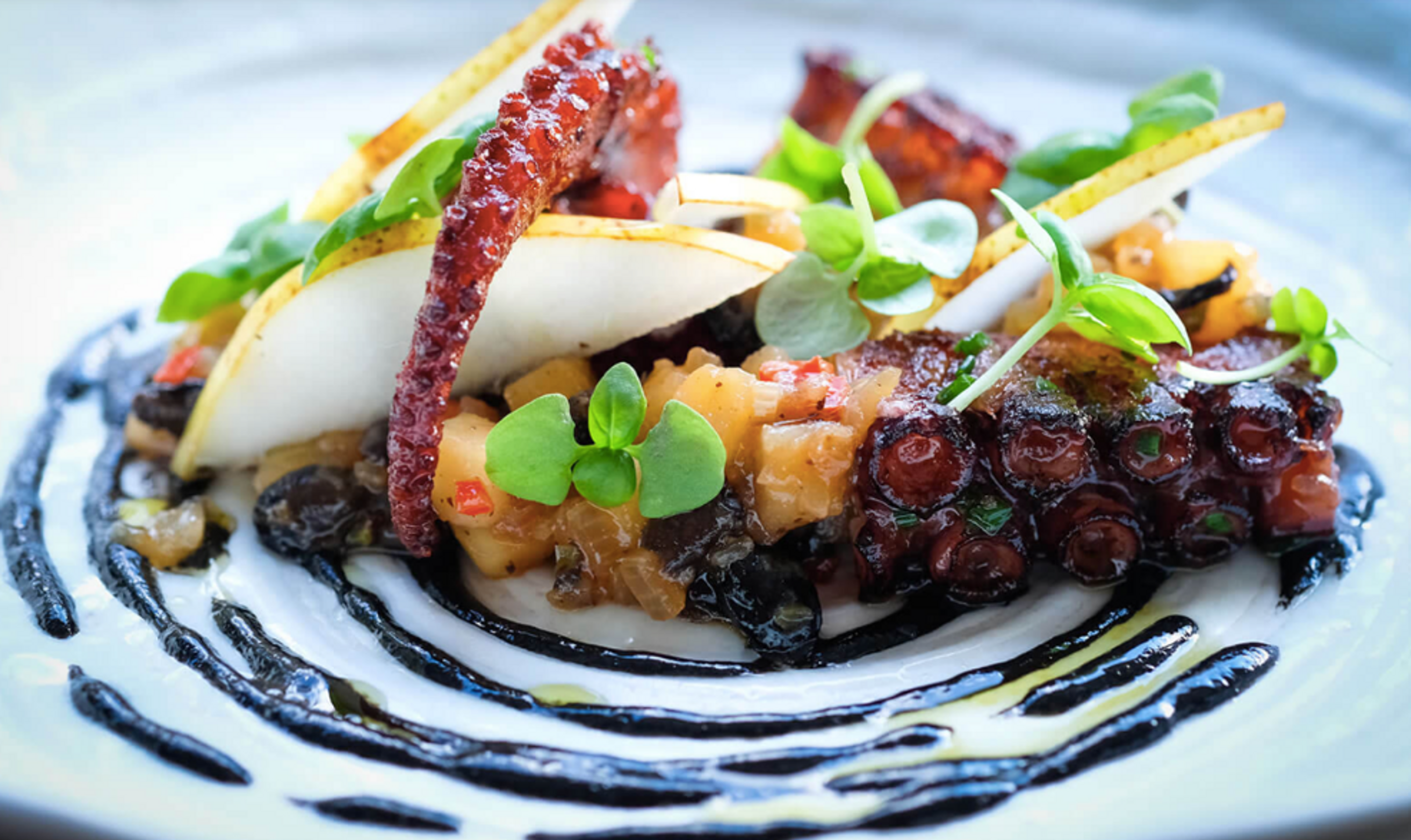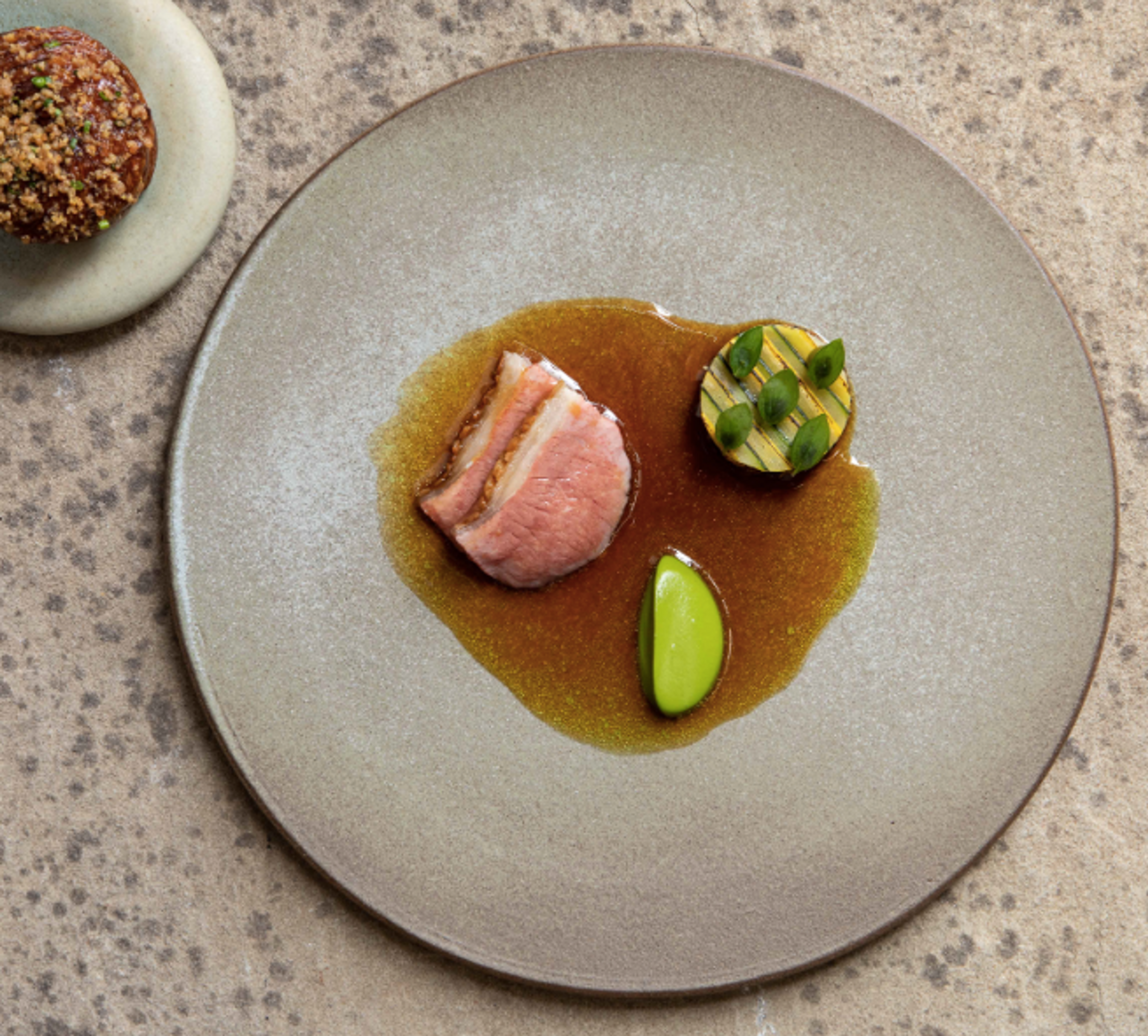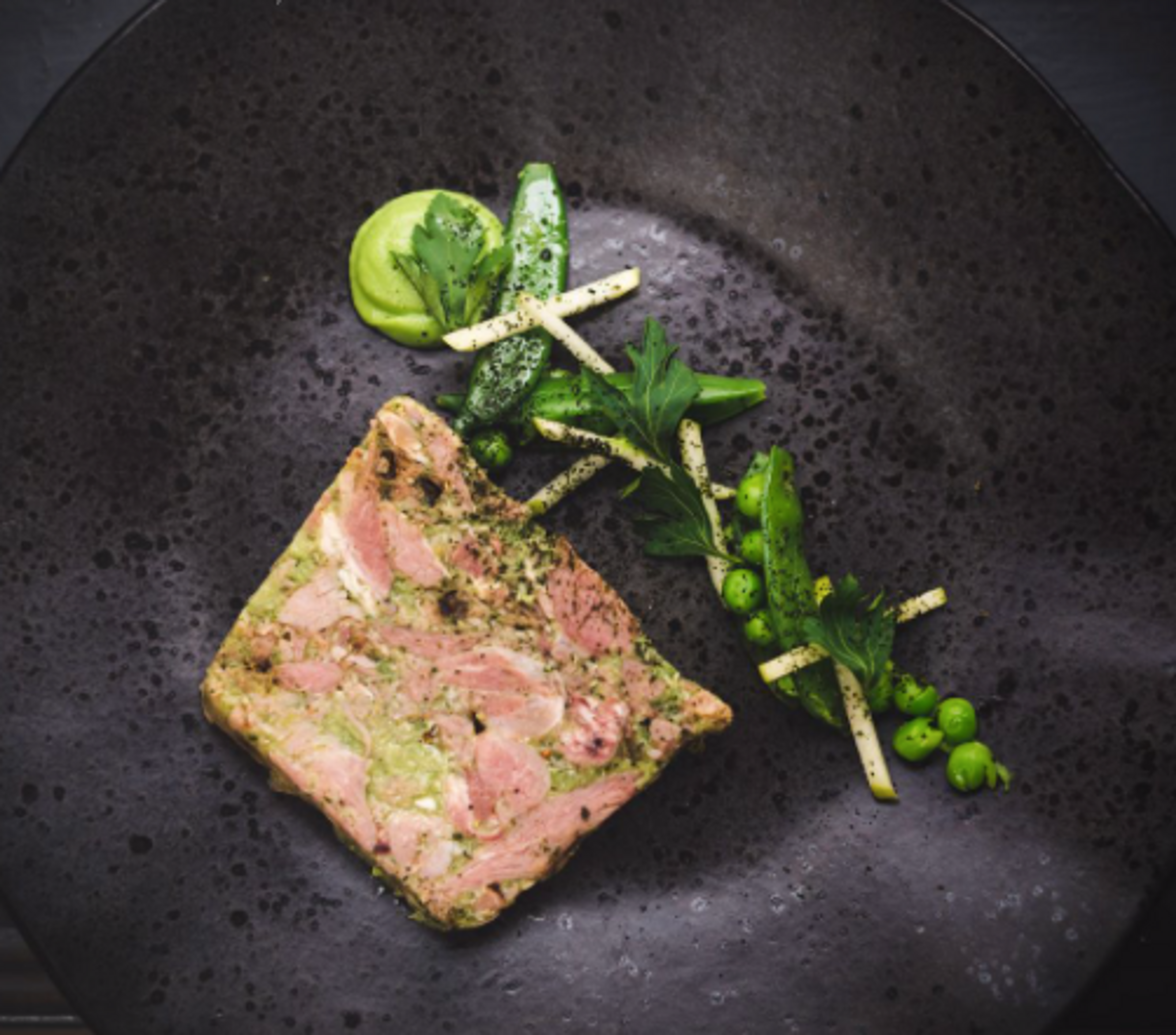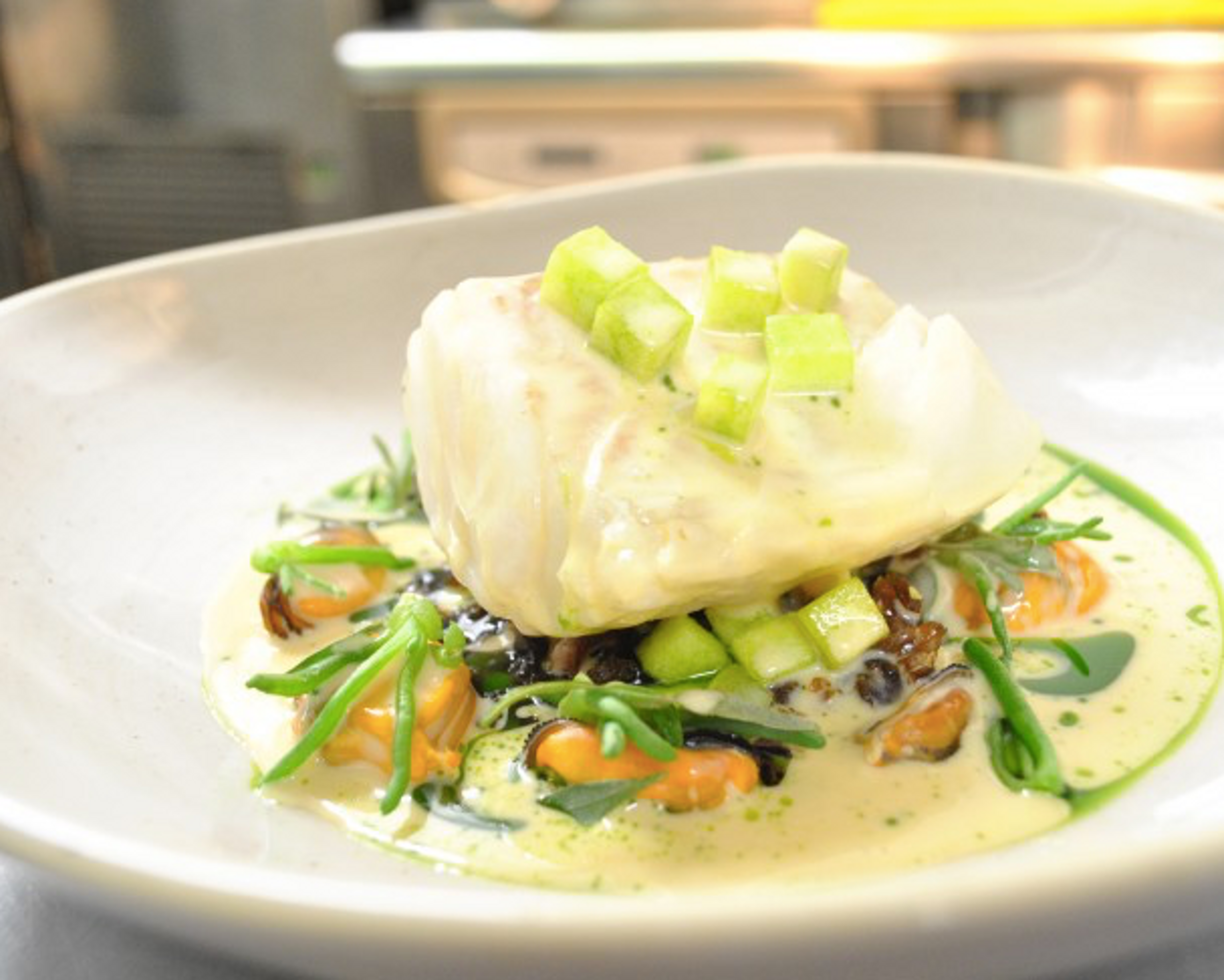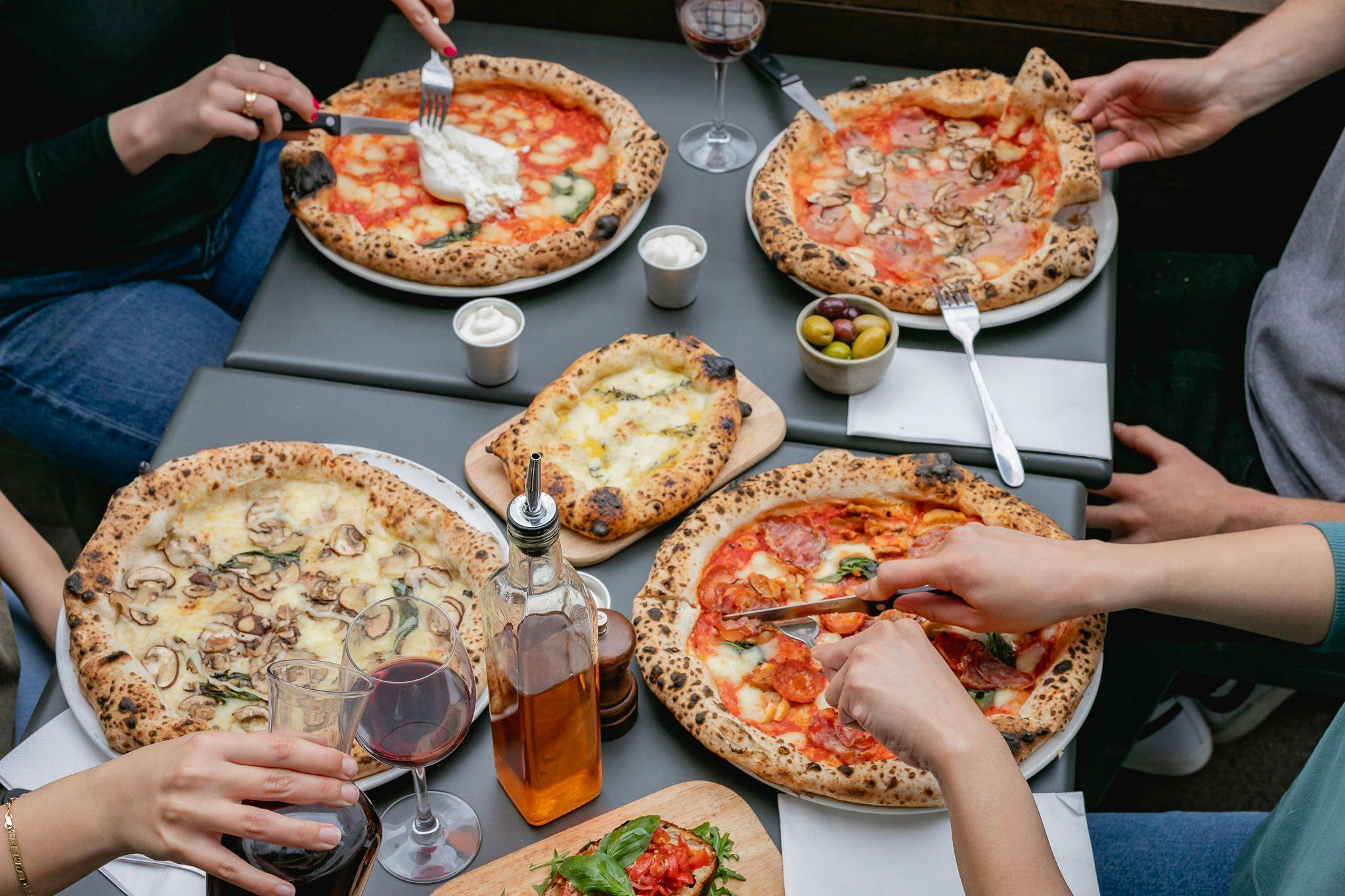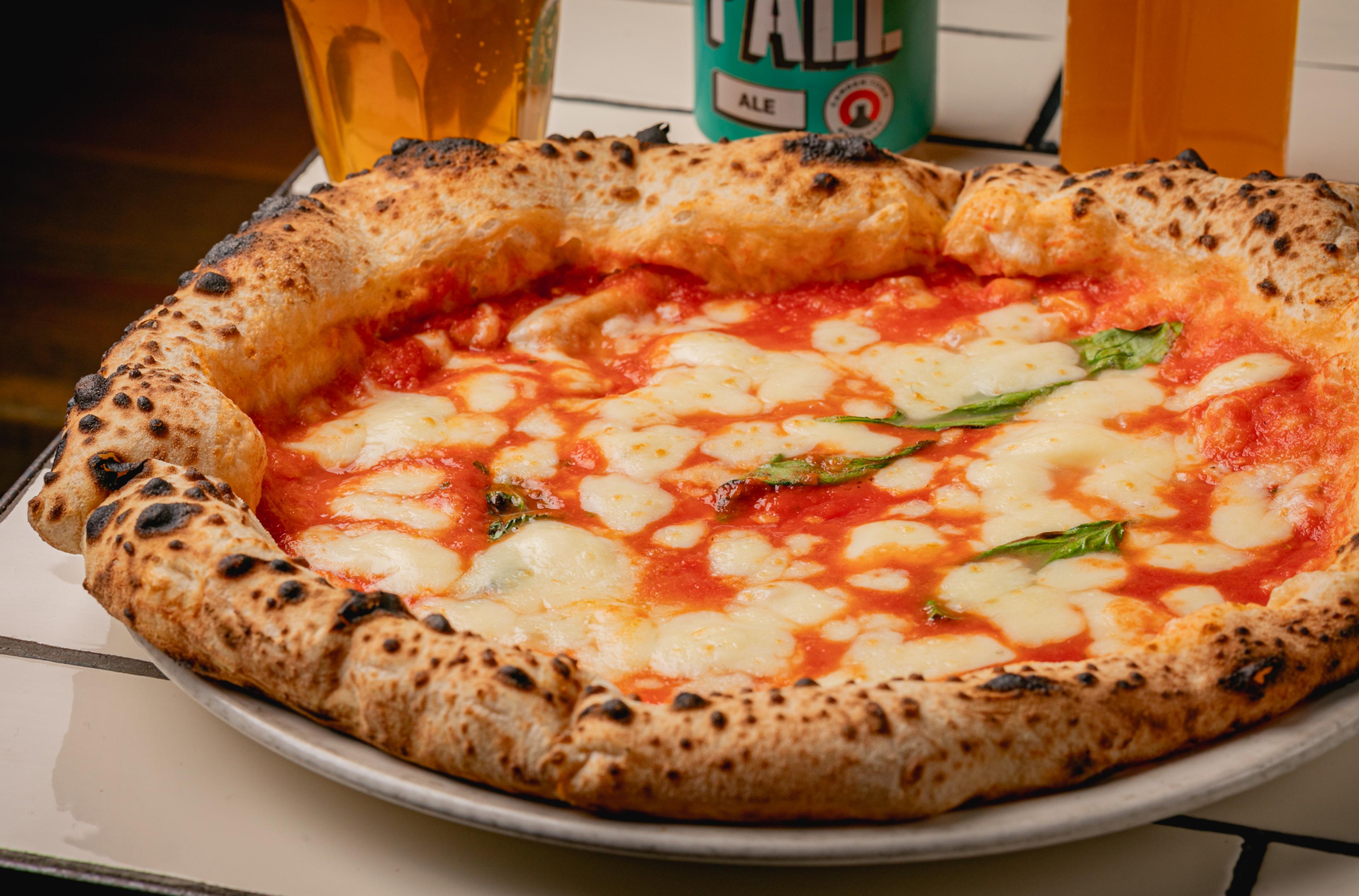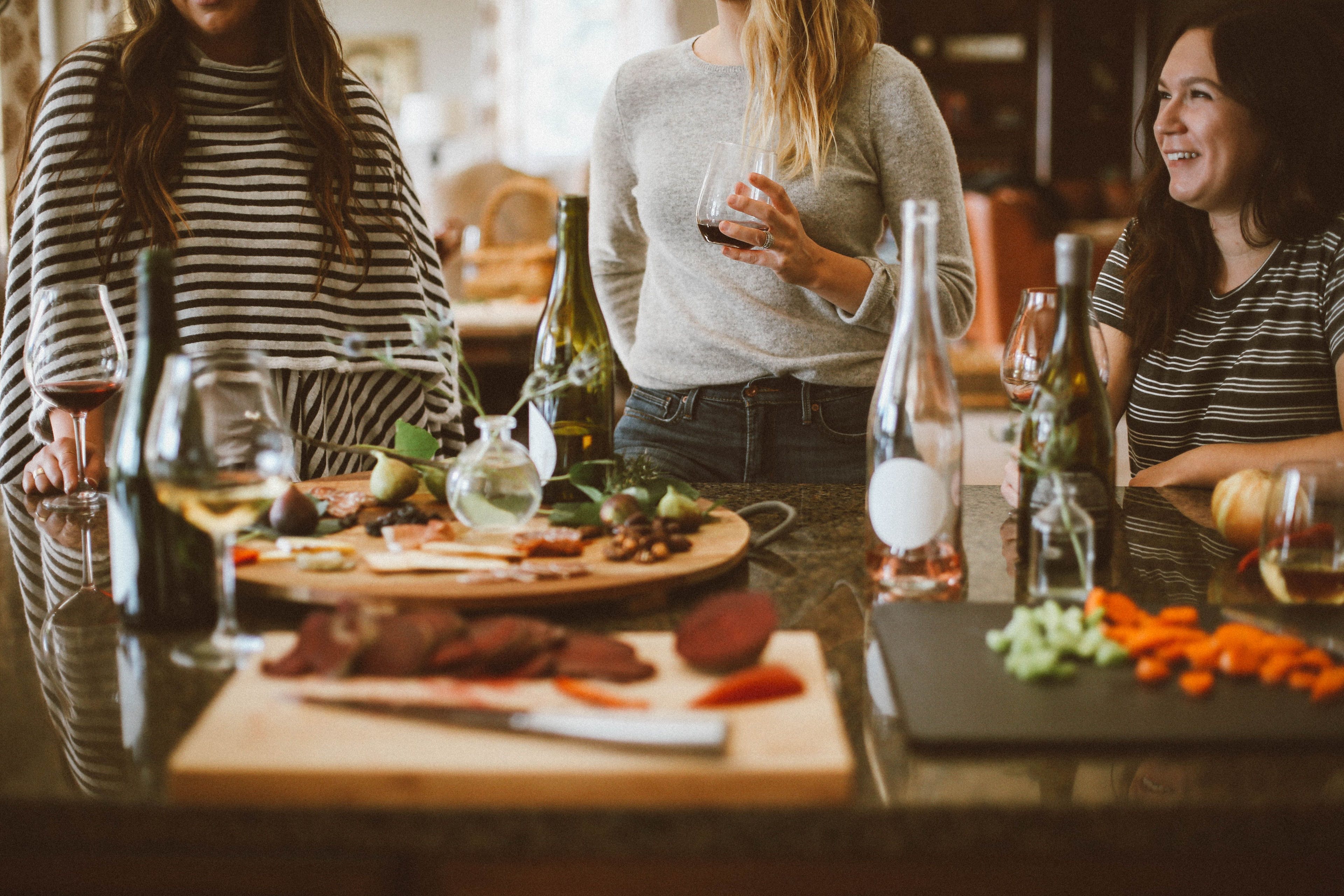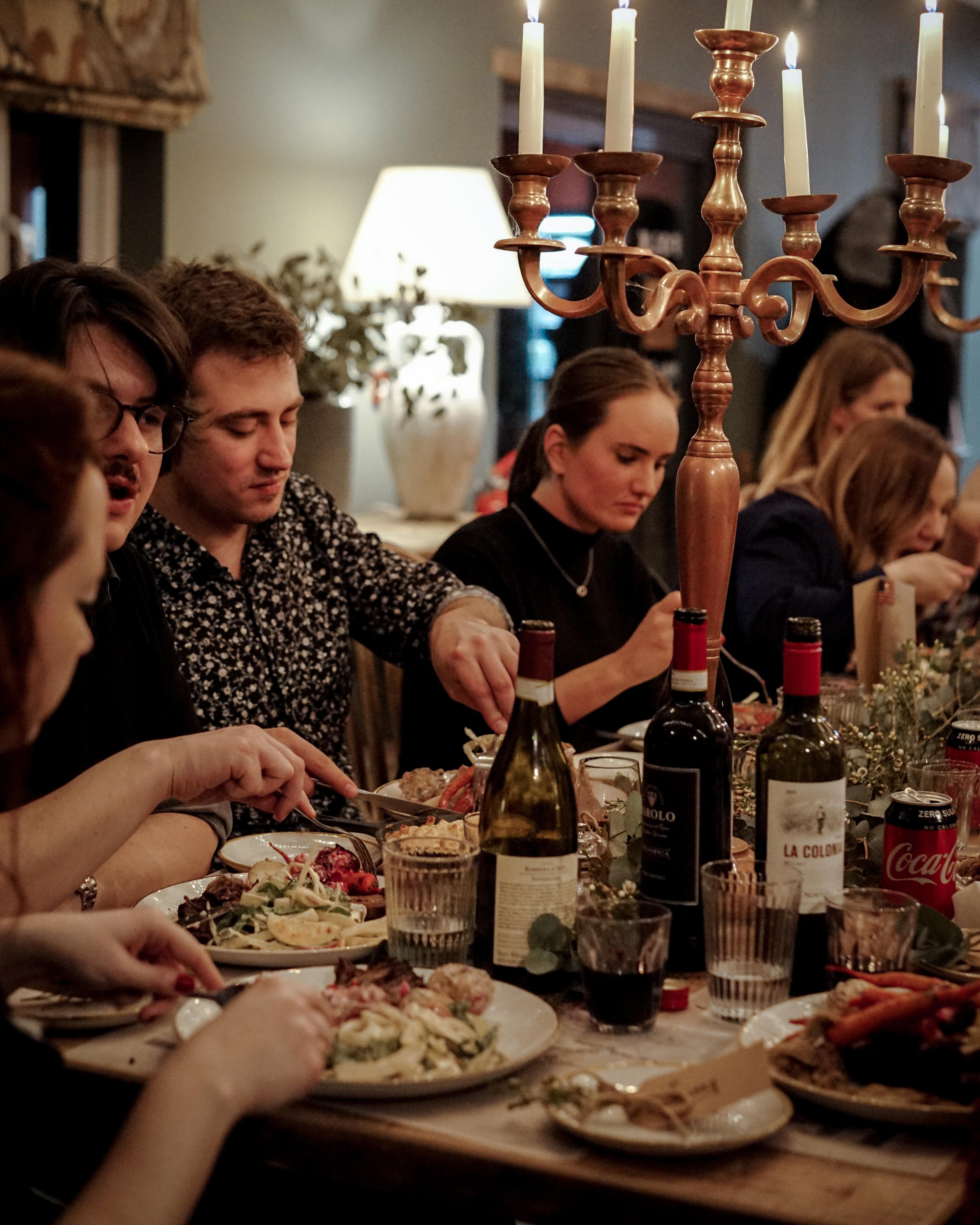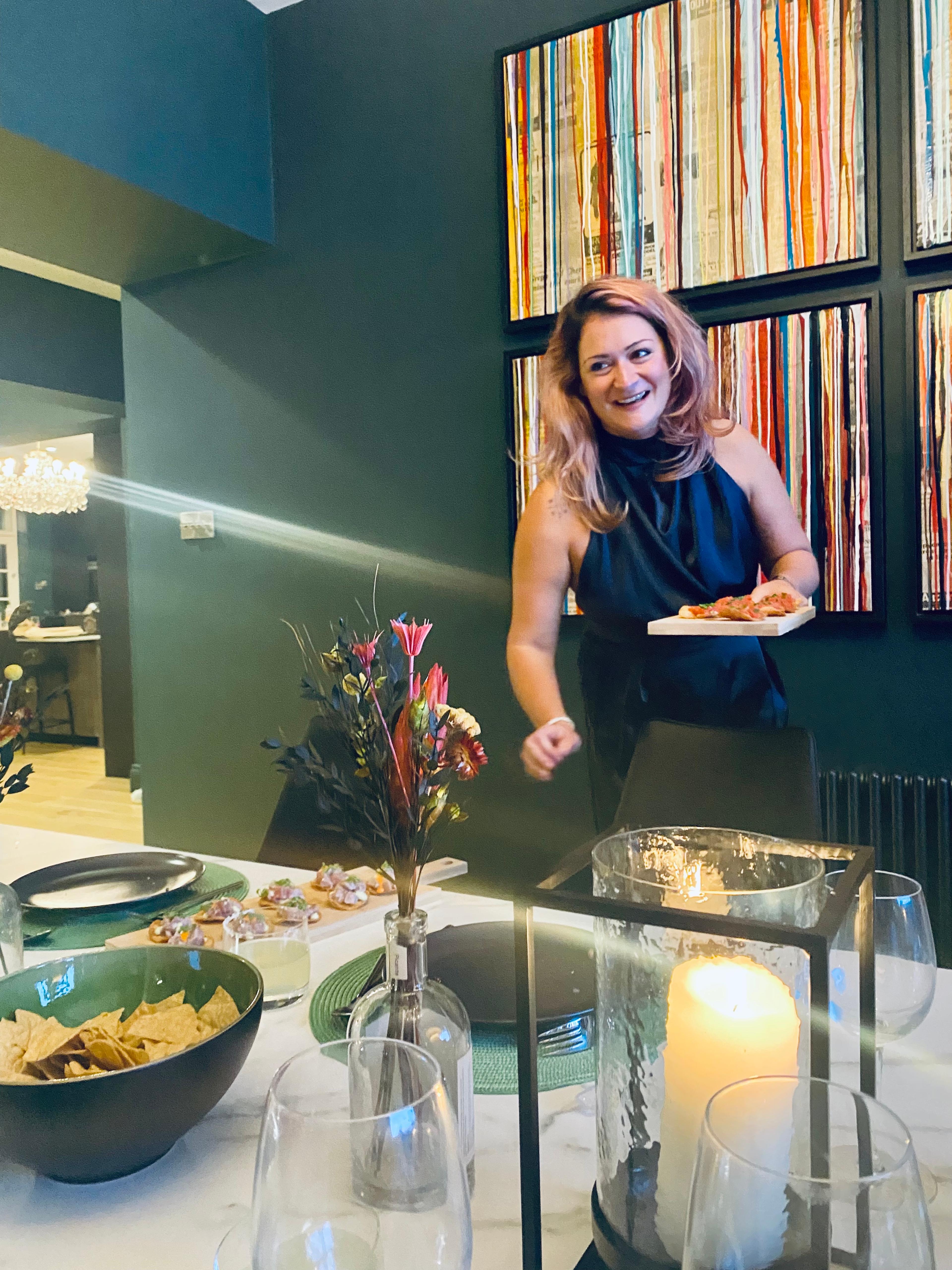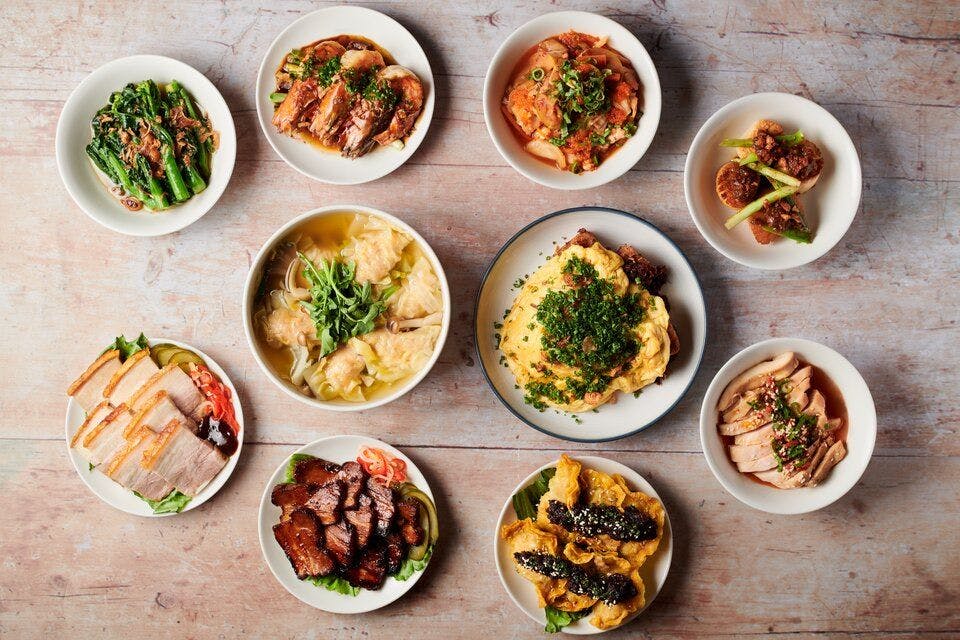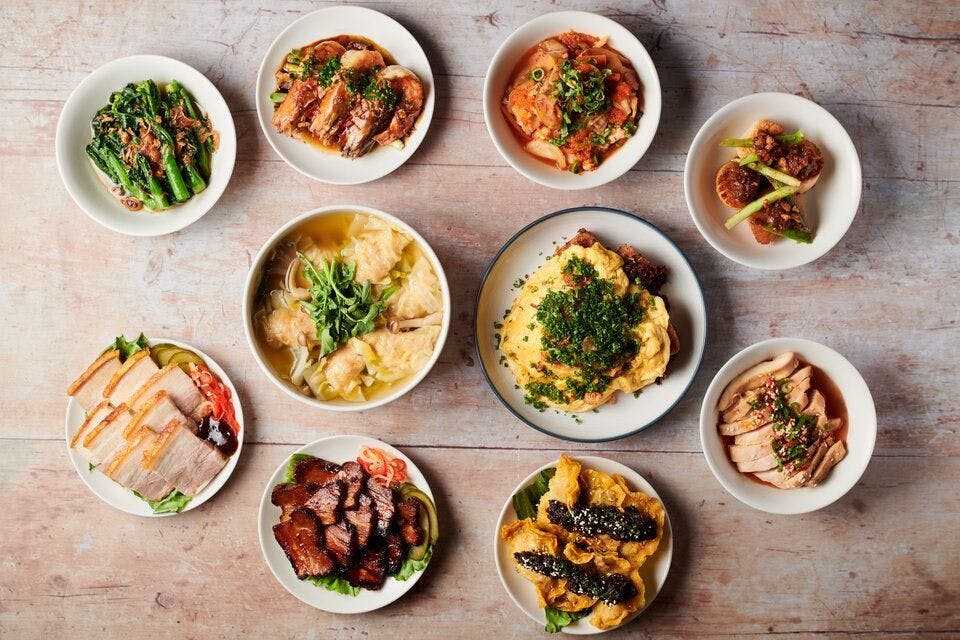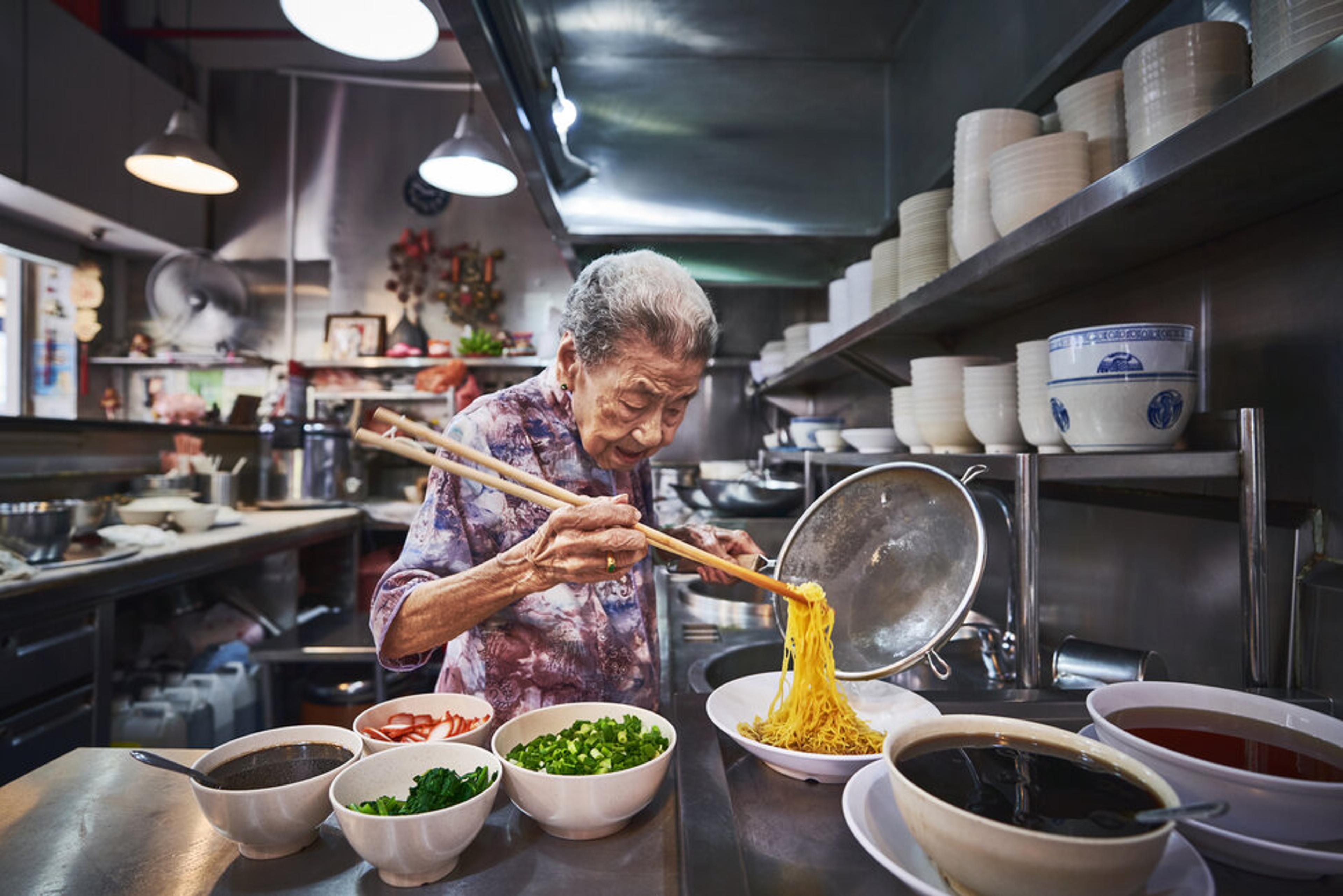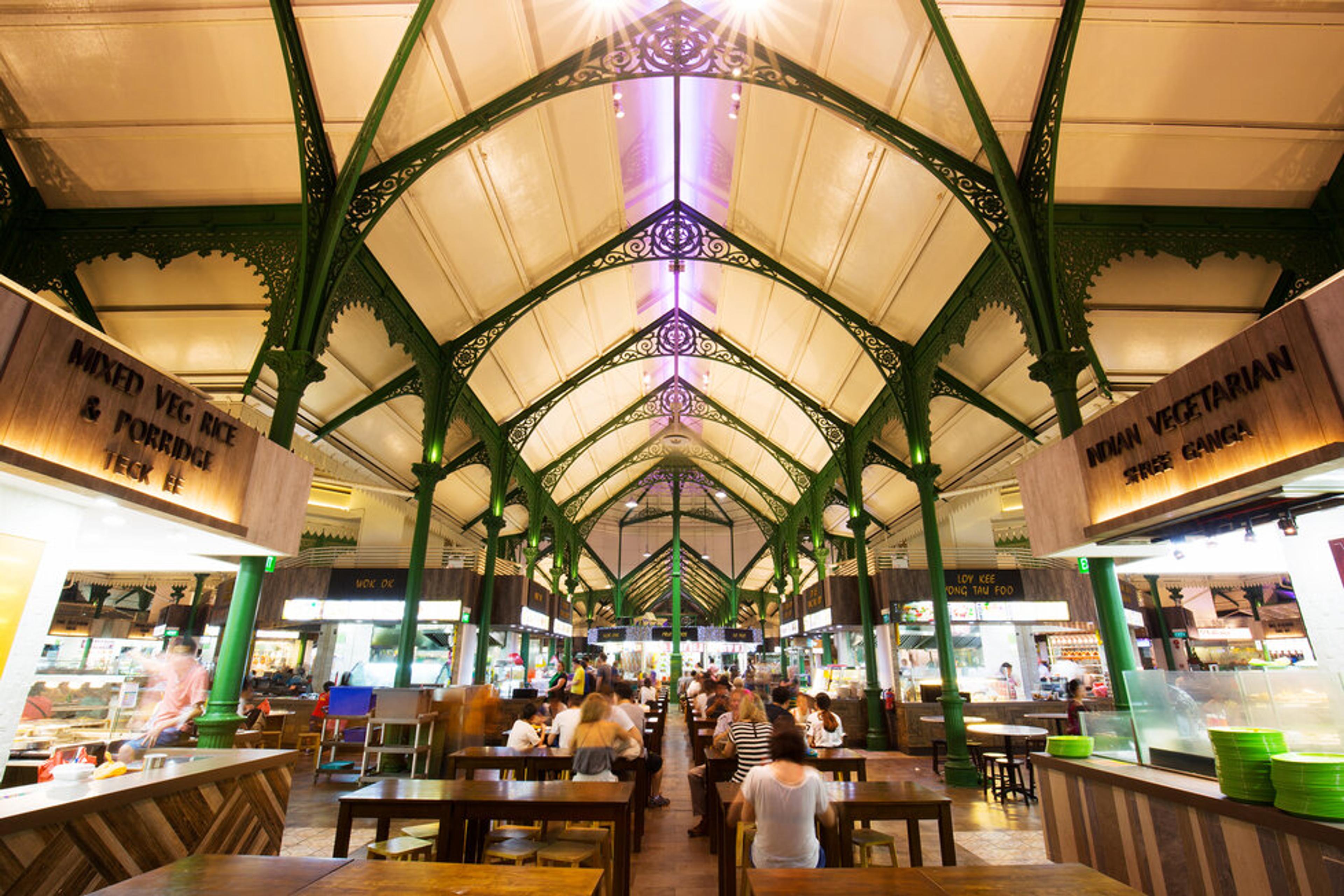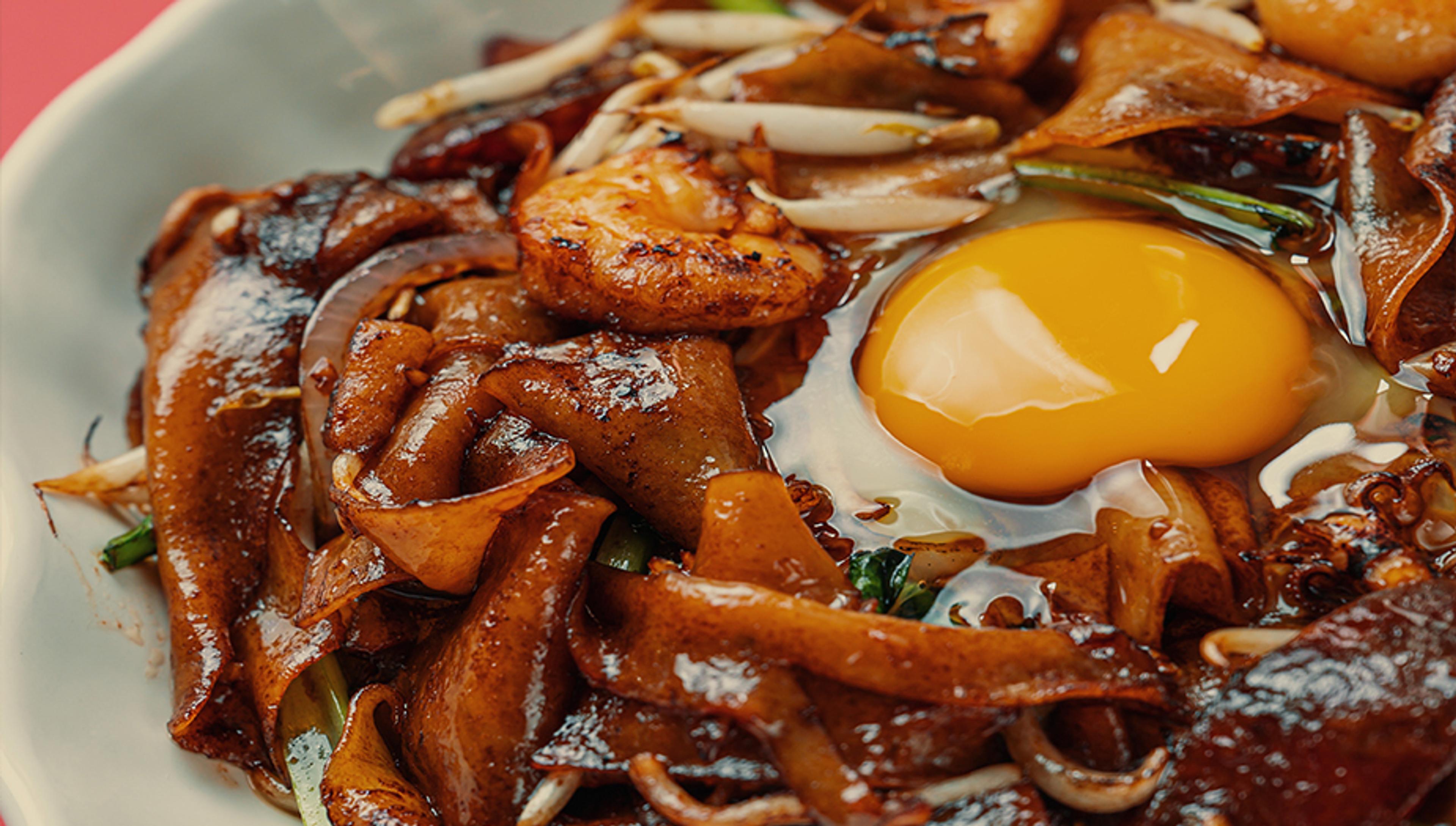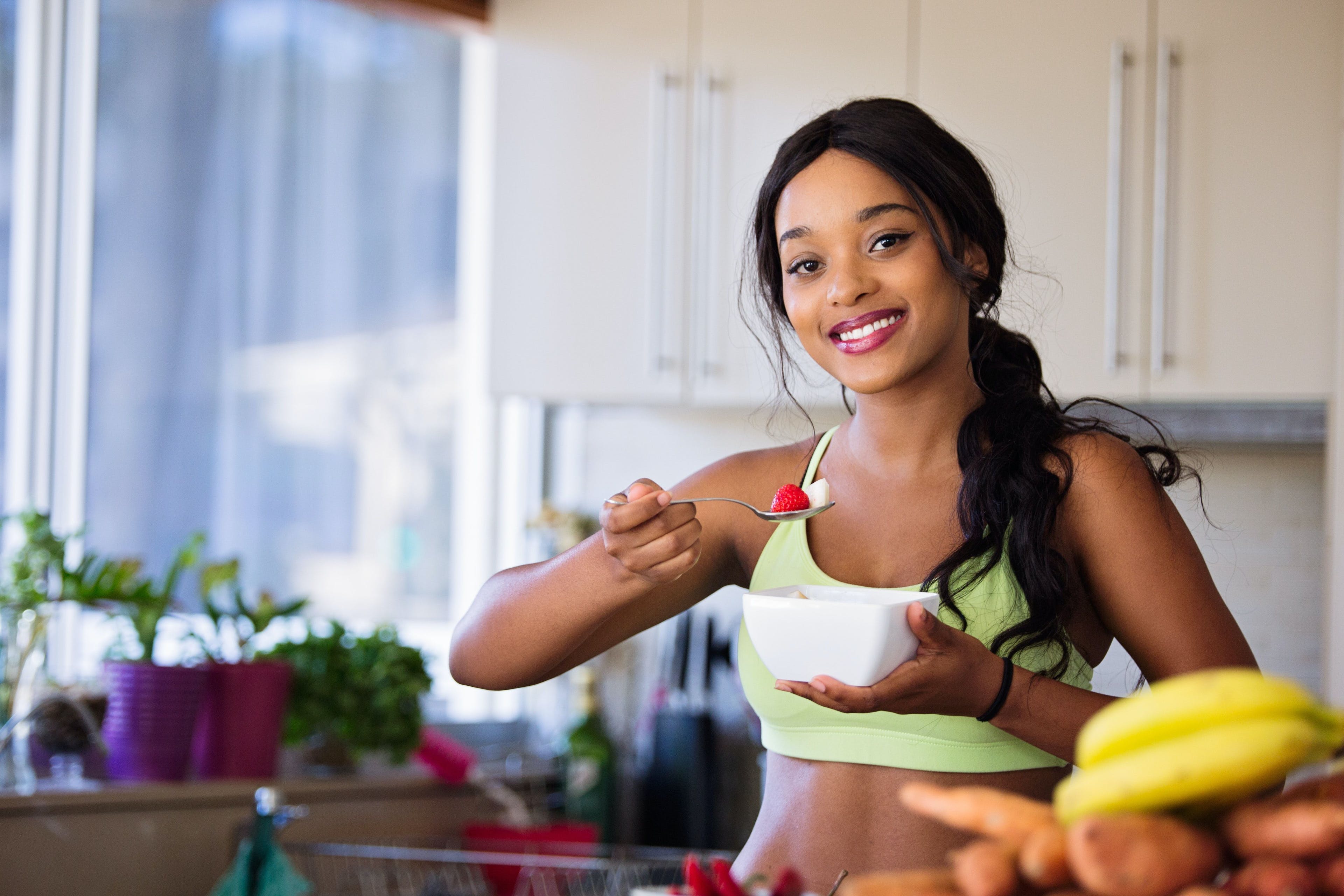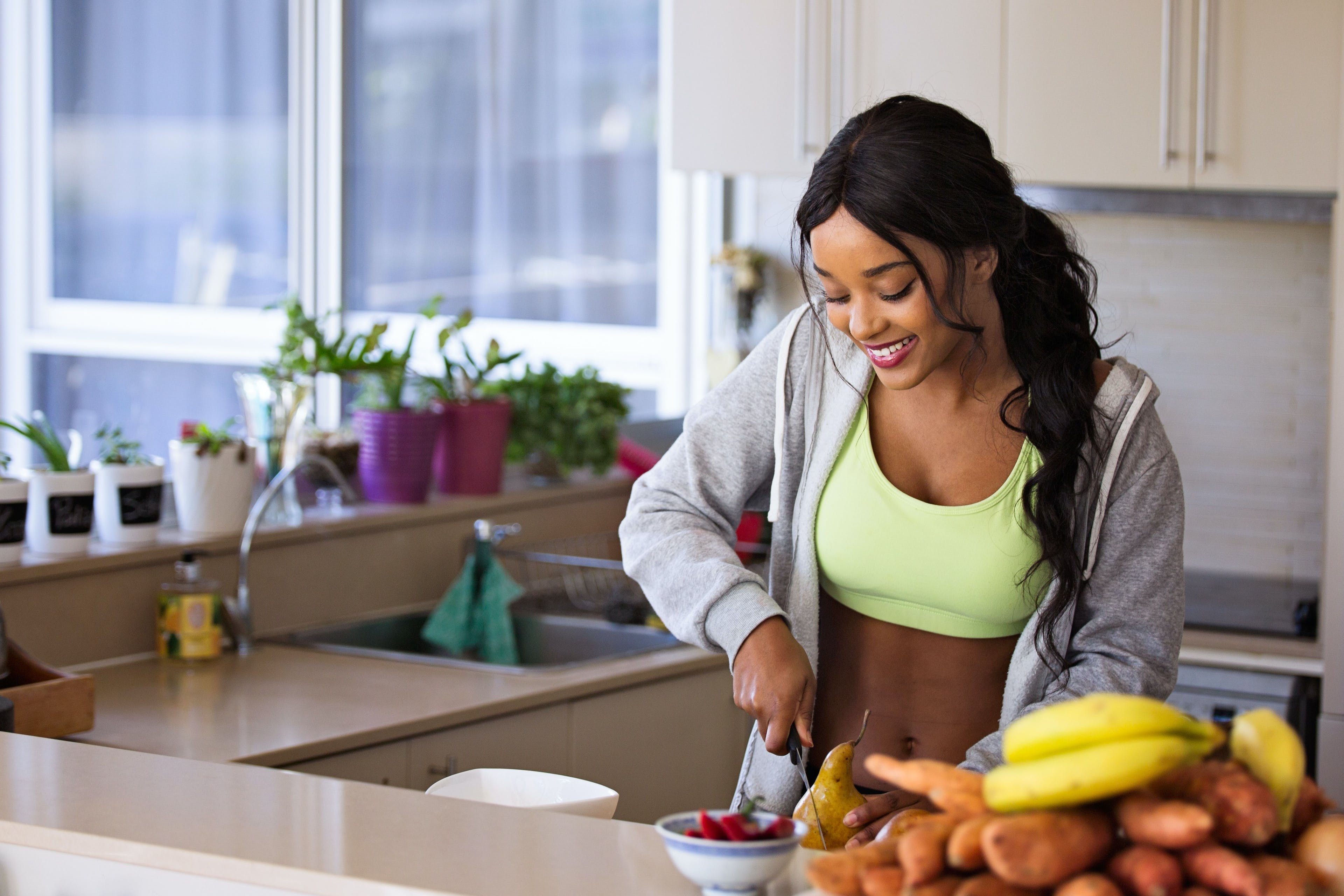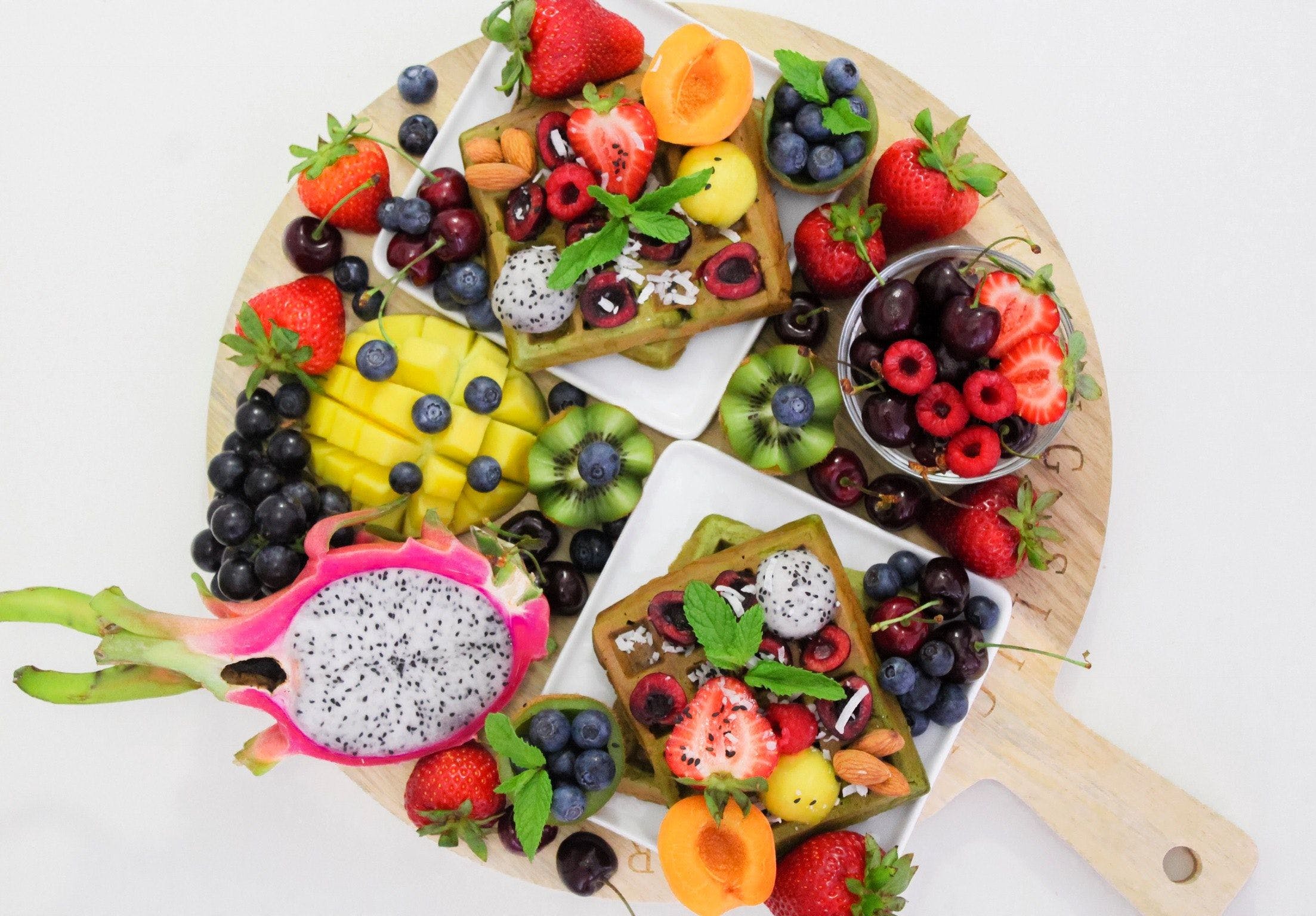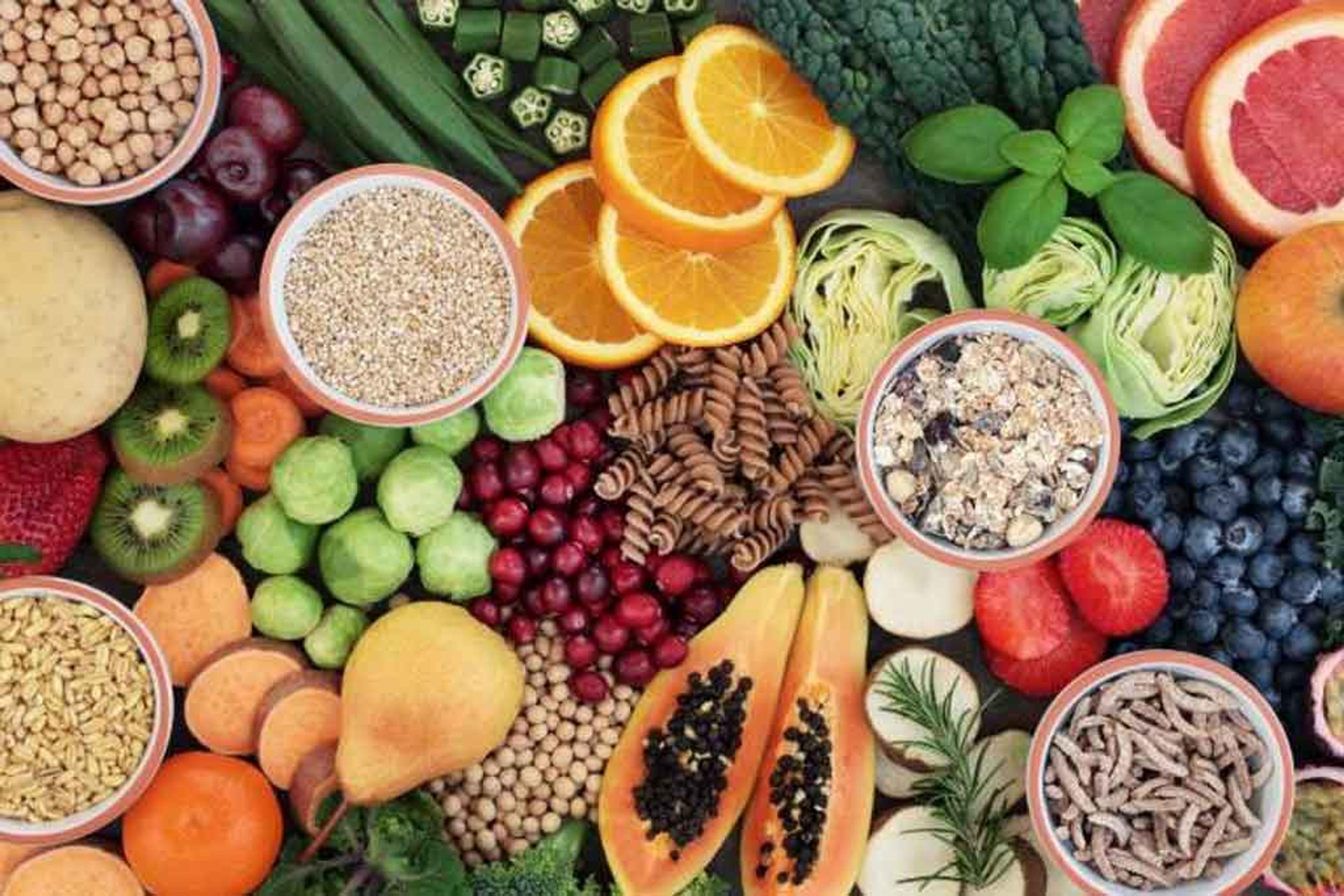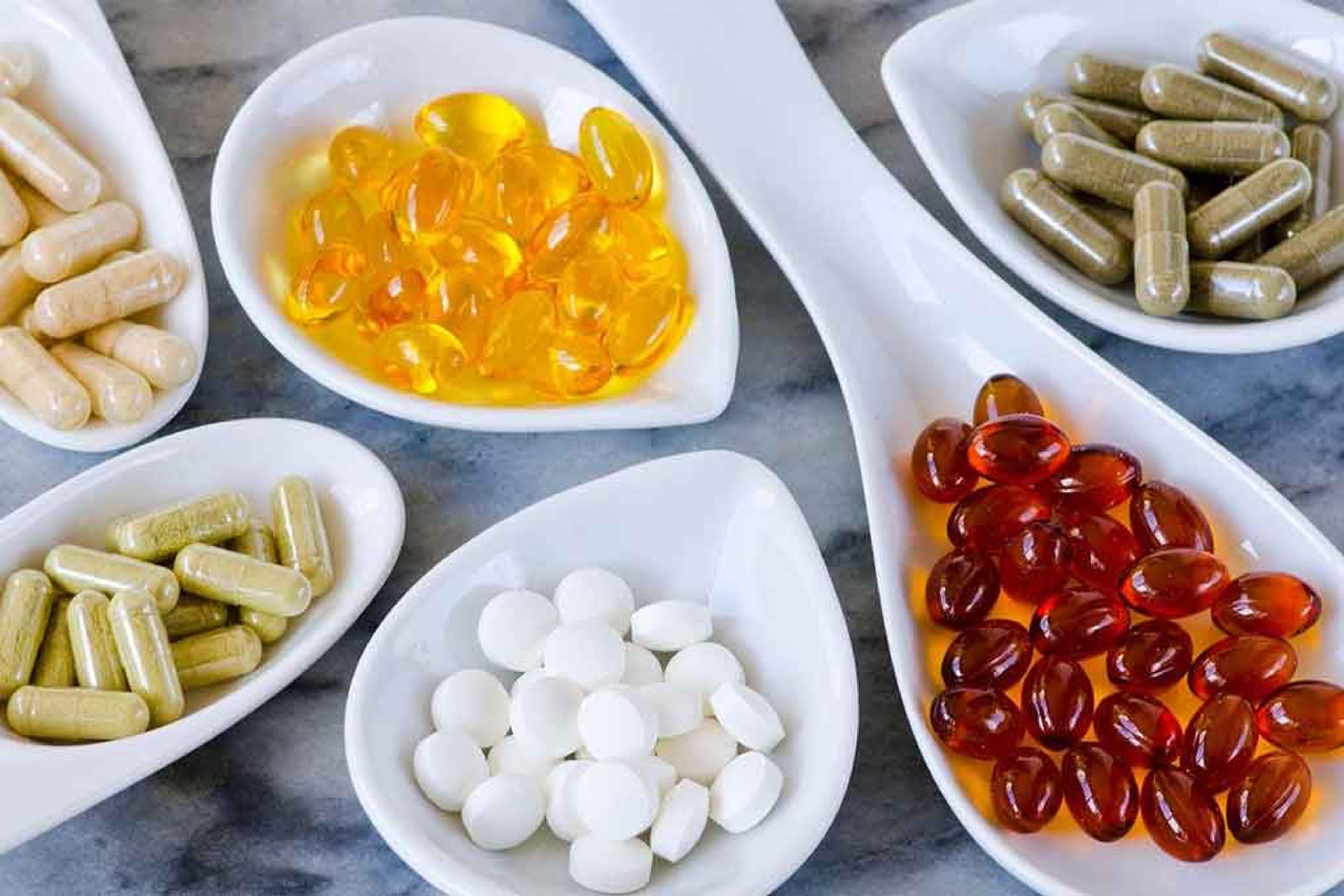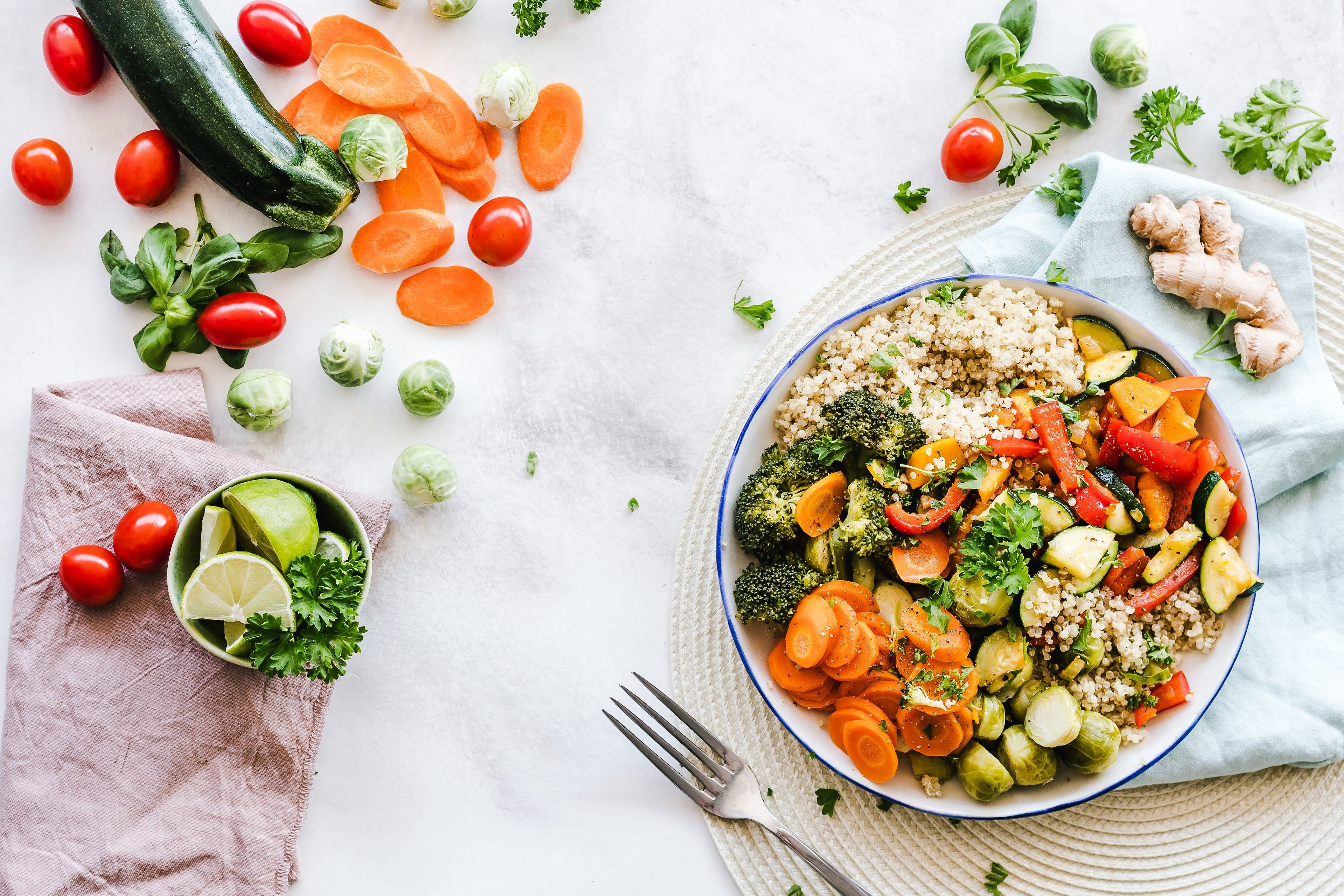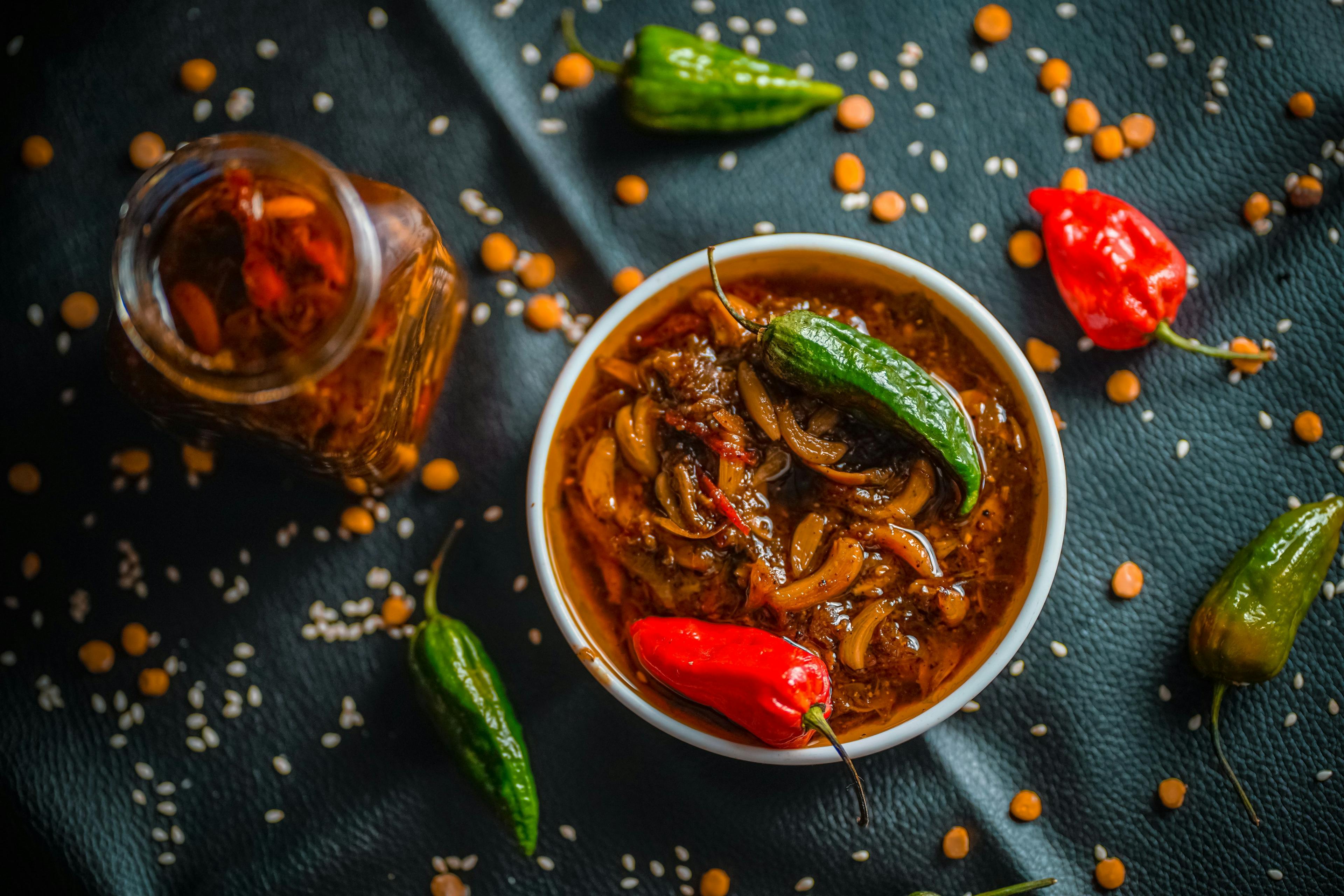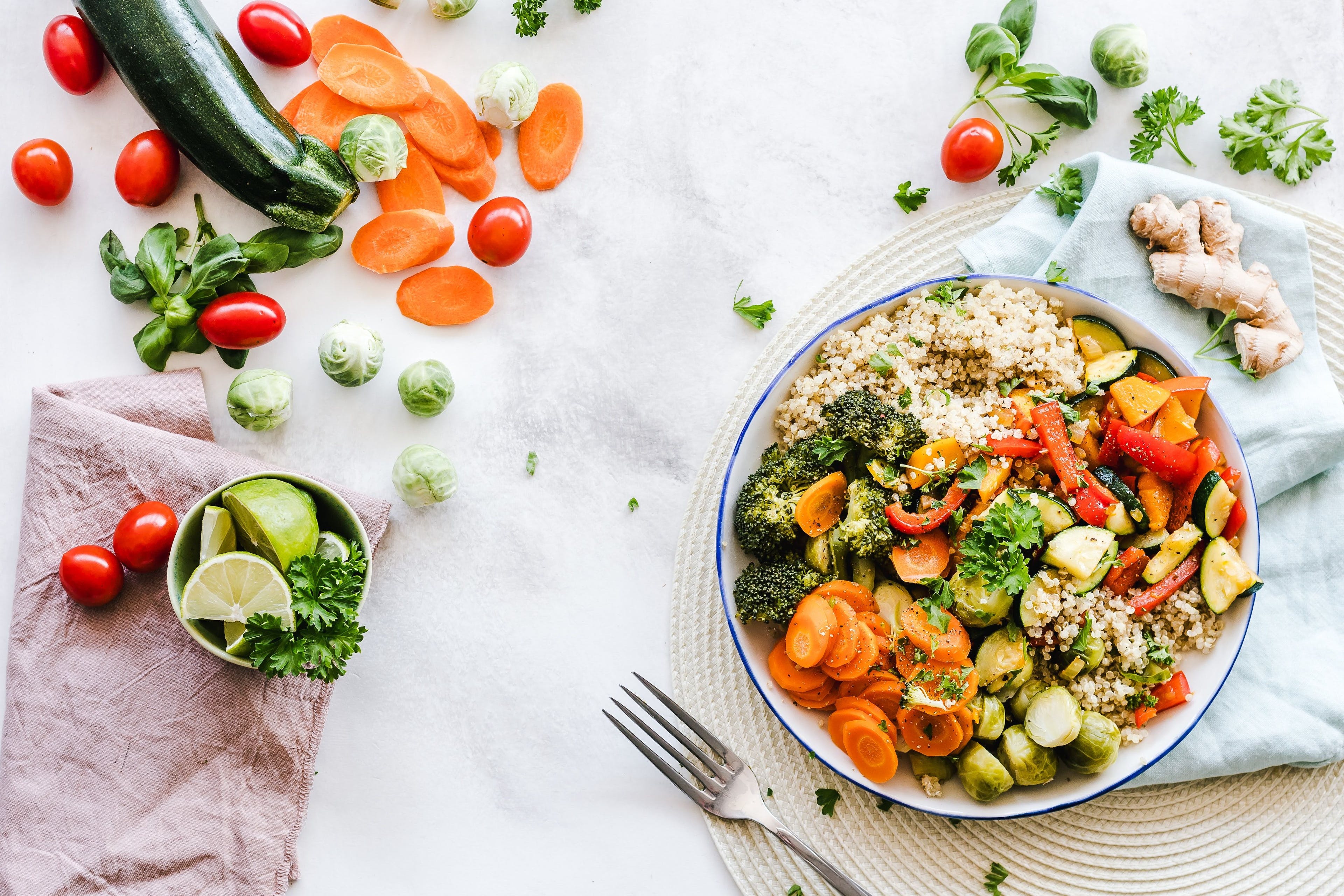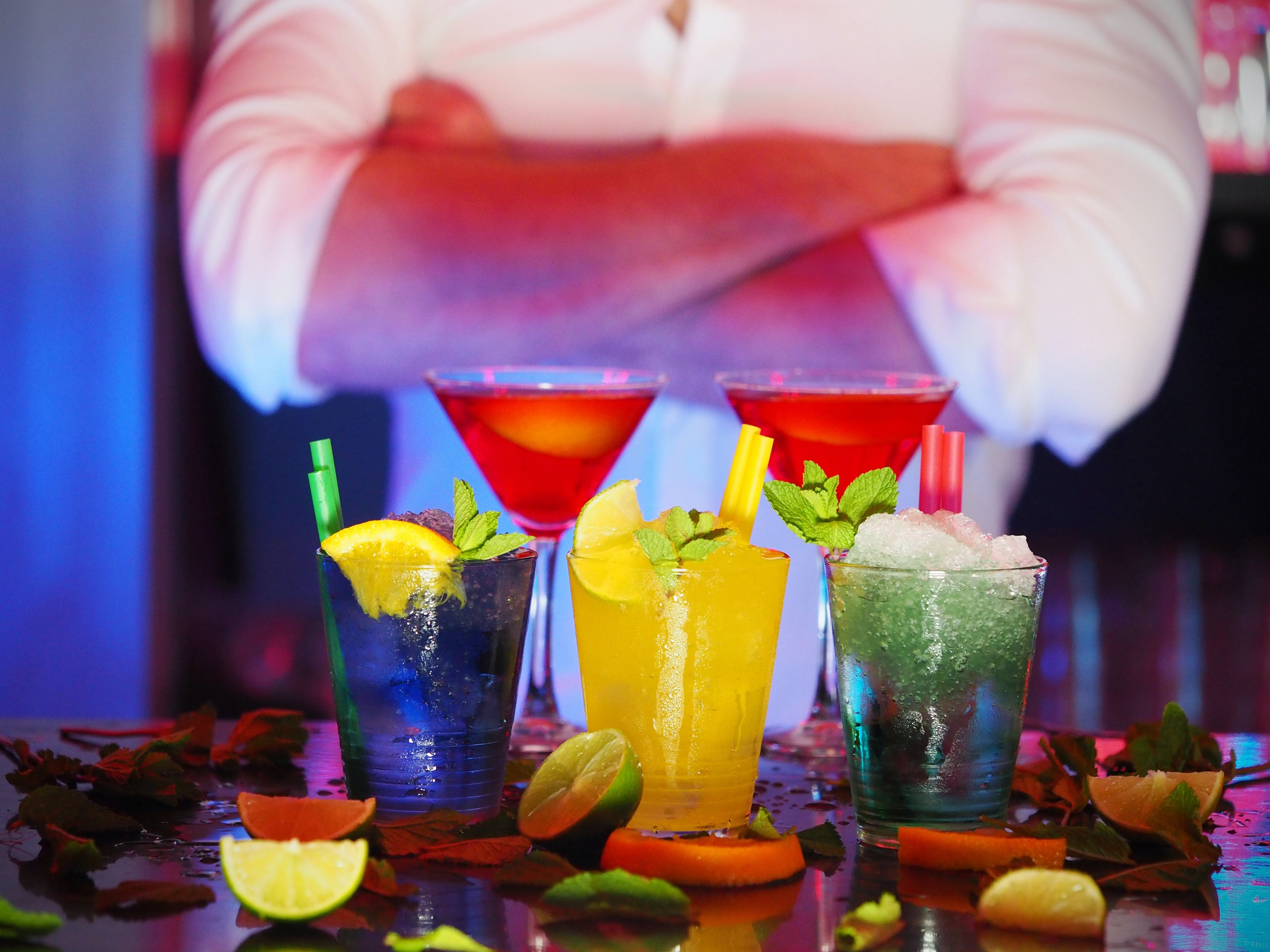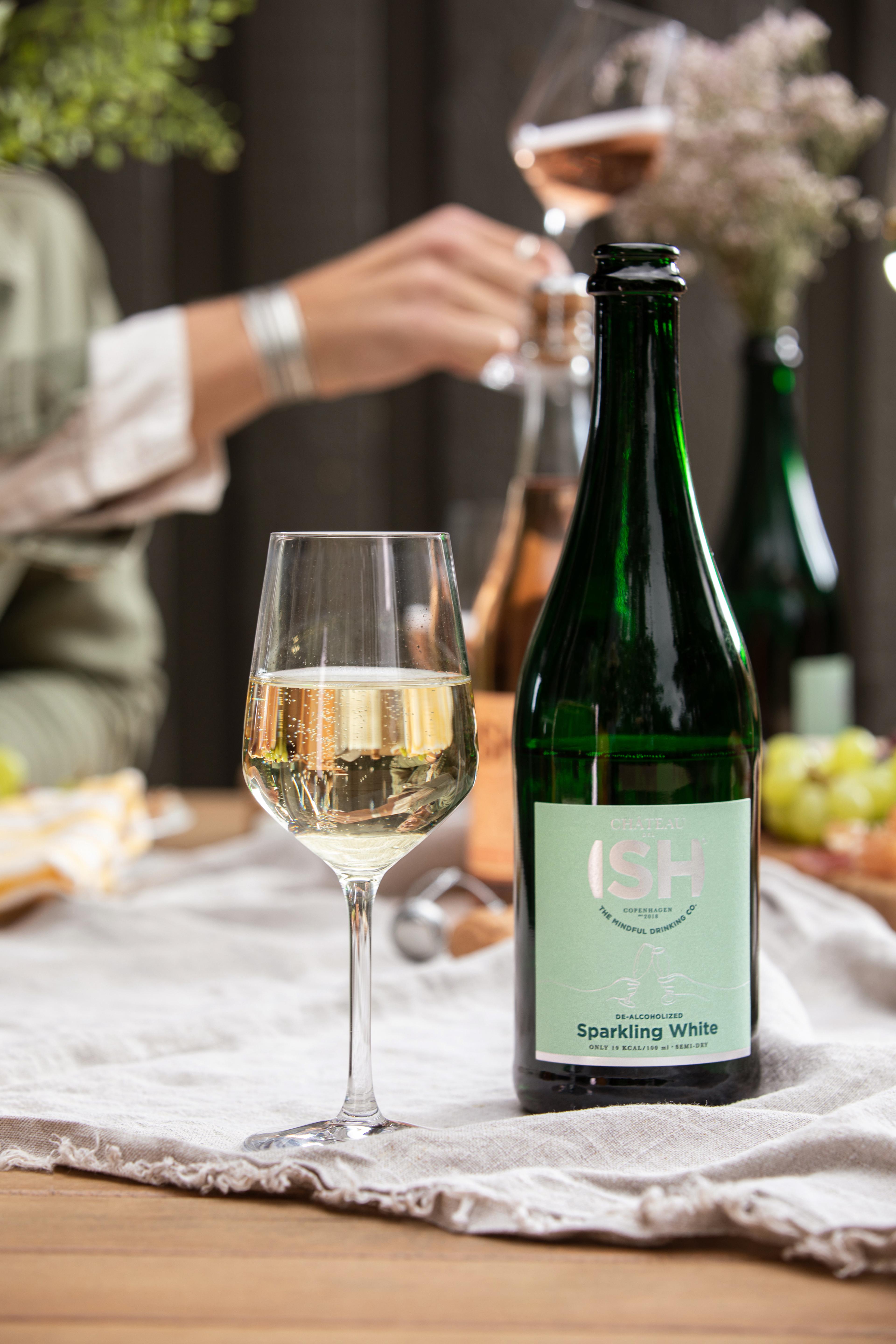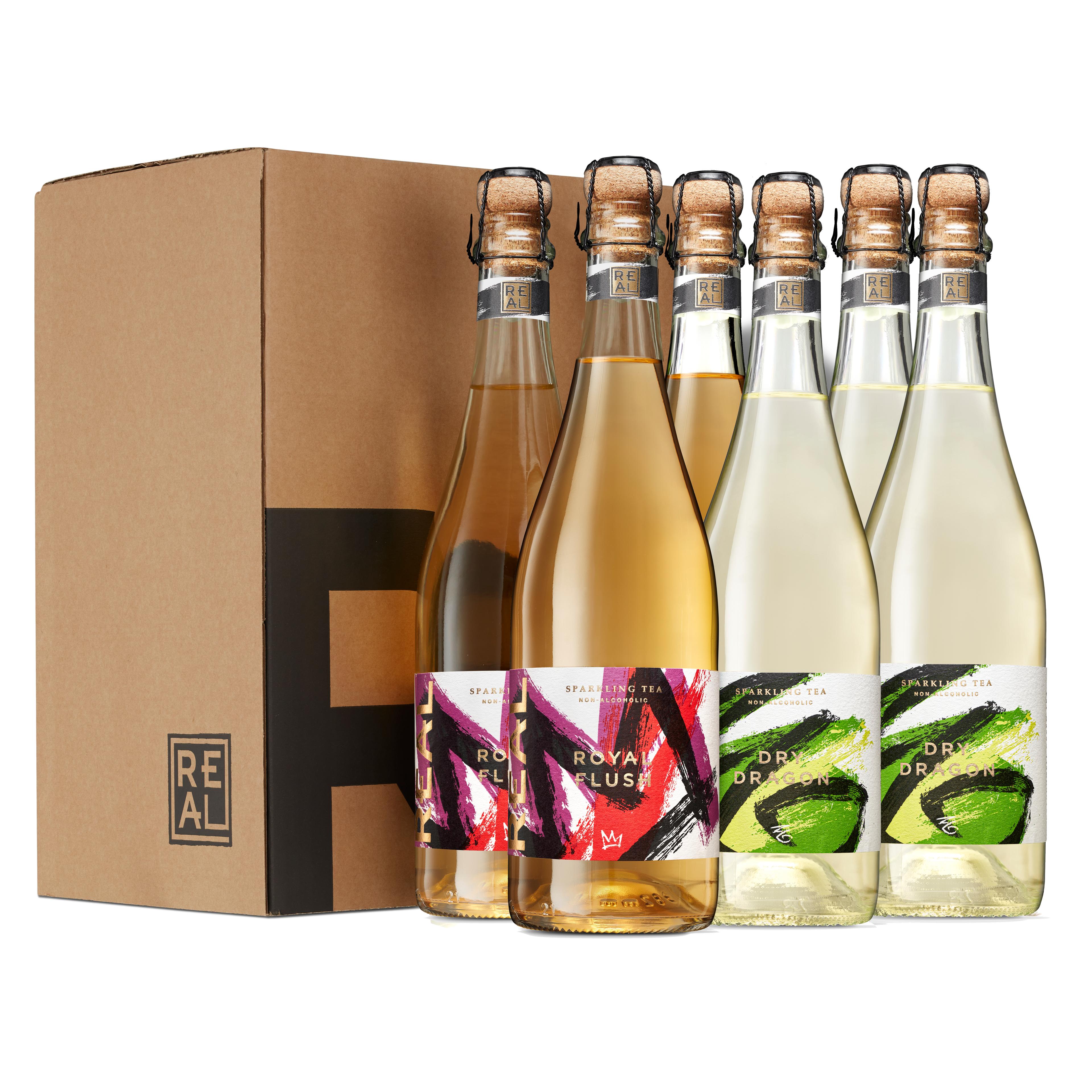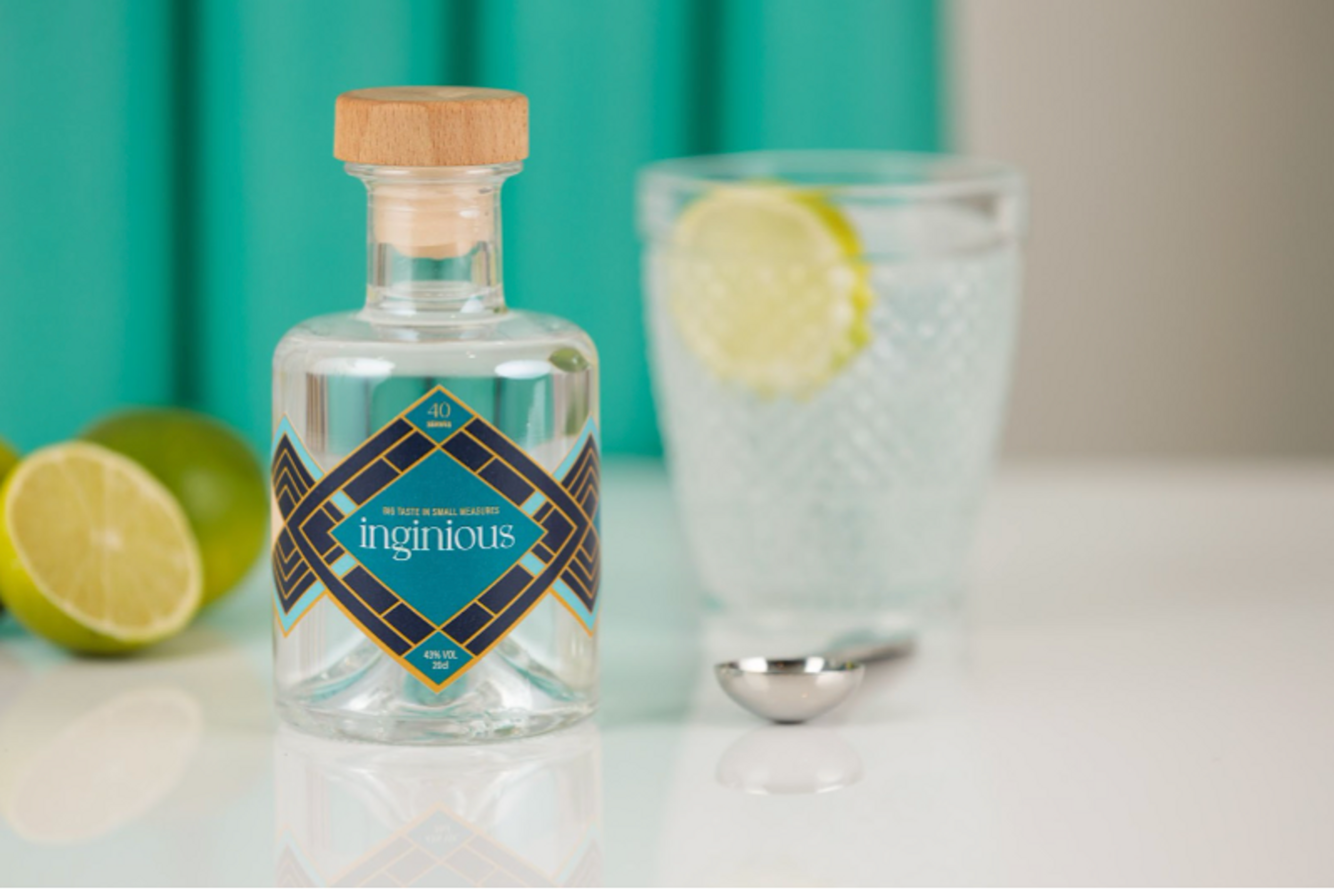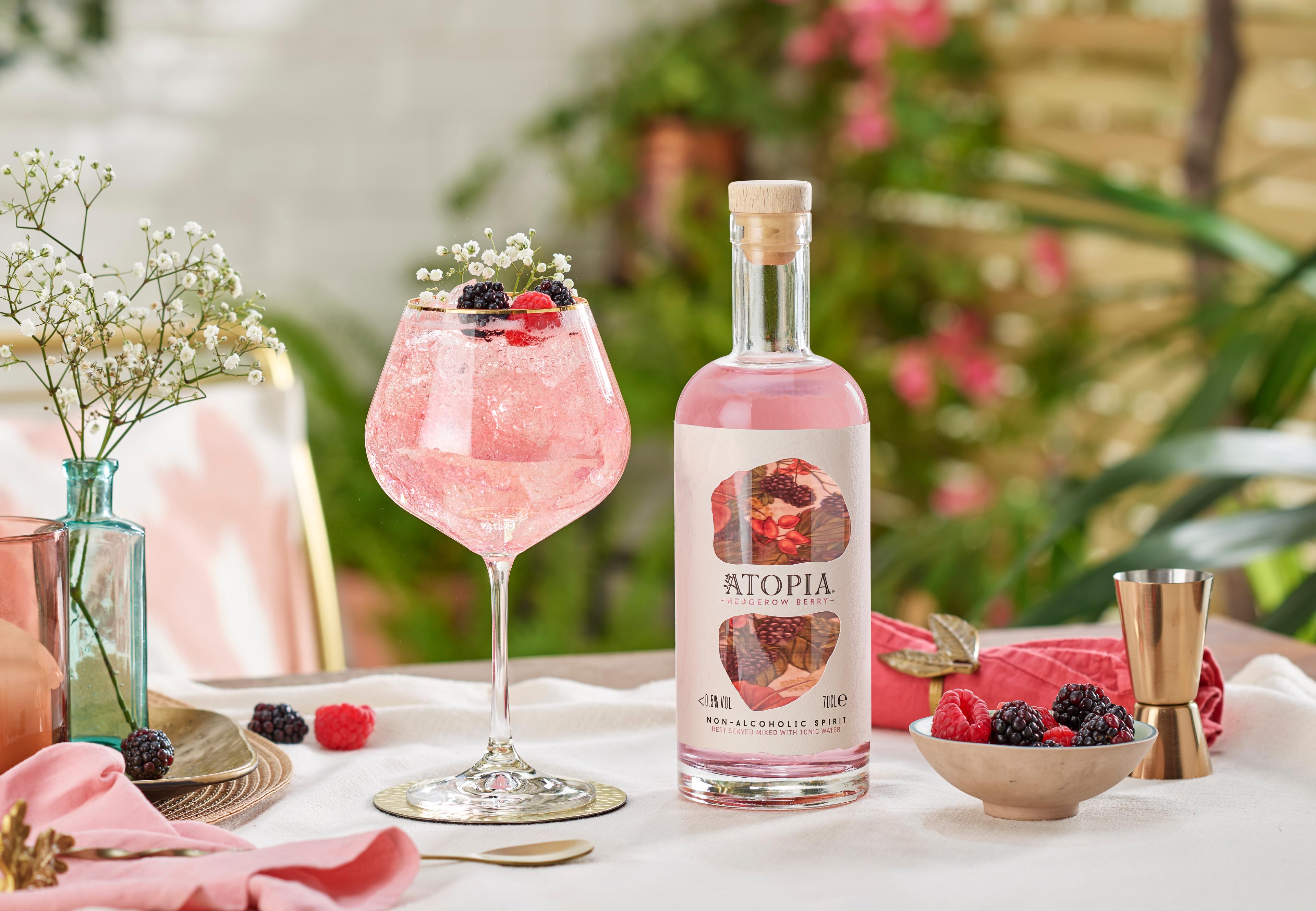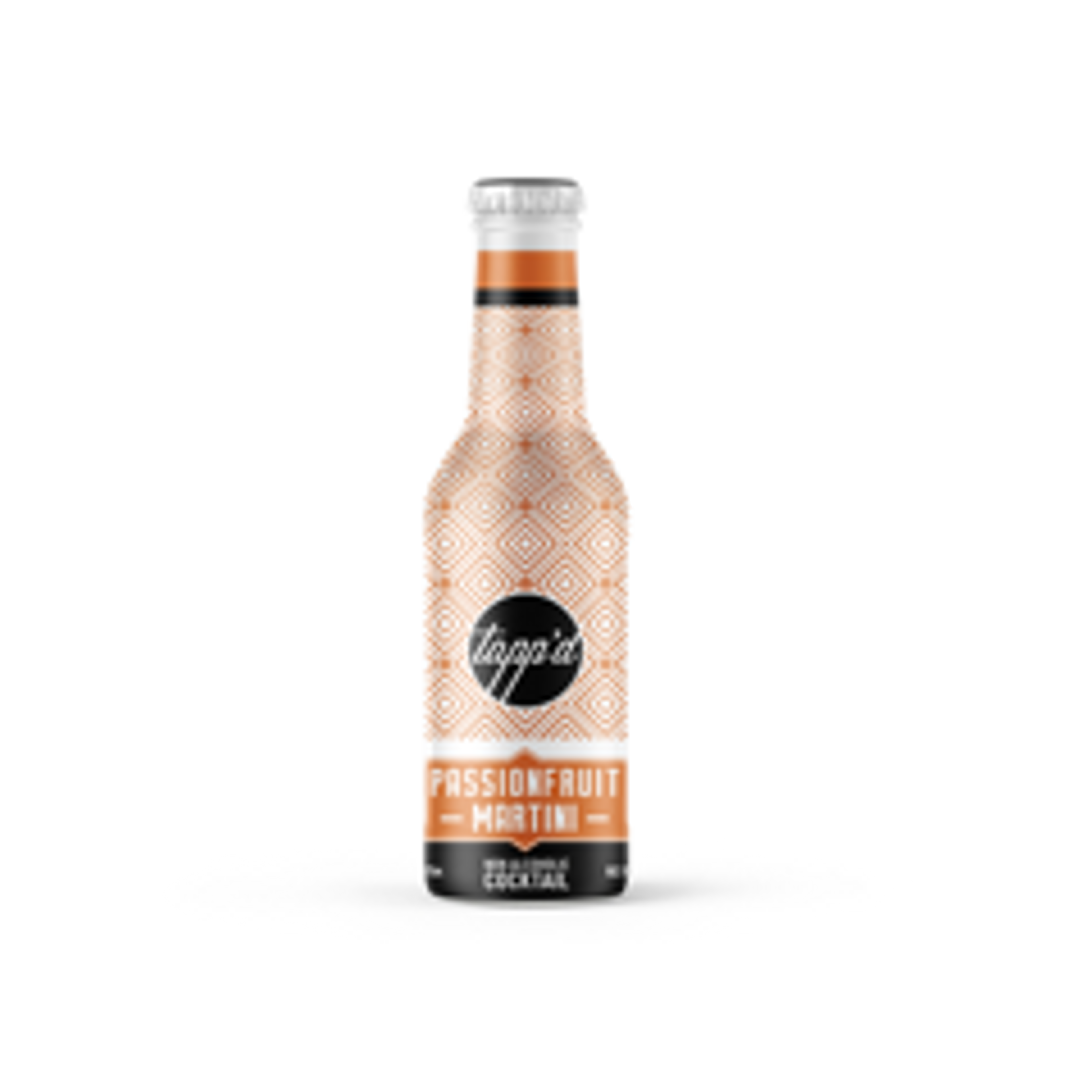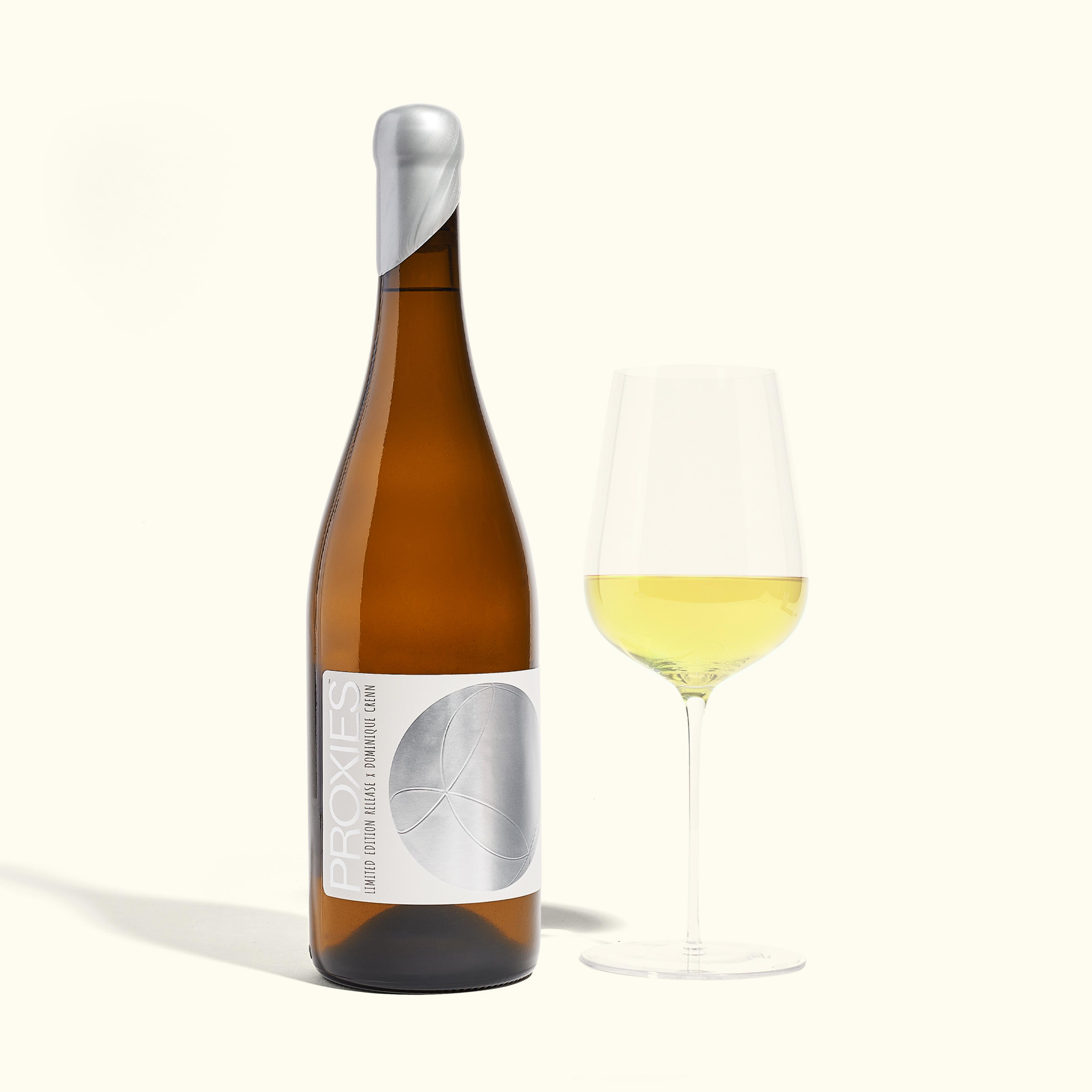Endometriosis patients are increasingly looking for non-traditional approaches to treating their symptoms. One of these choices is nutrition, which has been linked in certain studies to anti-inflammatory benefits.
Before making big changes to your diet, it’s crucial to speak with your preferred healthcare practitioner and rely on reliable sources. Whether you’re contemplating dieting to control your inflammation or wondering how certain nutrients affect your health, this is true. One of the greatest strategies to lessen inflammation in your body is to follow a vegan diet.
According to studies, plant-based diets are naturally high in anti-inflammatory nutrients such as vitamins, minerals, and antioxidants. However, if you’re new to veganism, you might not know where to start when it comes to selecting anti-inflammatory foods. The best vegan, anti-inflammatory foods are included in this beginner’s guide.
What Is Inflammation?
Inflammation is a defense mechanism used by your body’s white blood cells and the compounds they create to fend off infection from outside invaders like bacteria and viruses. While there are no outside invaders to ward off, your body’s immune system still triggers inflammation in other illnesses, such as arthritis. In some autoimmune diseases, your immune system acts improperly and attacks healthy tissues as though they were aberrant or polluted.
Your body’s white blood cells release chemicals during inflammation to protect you from external invaders. As a result, more blood is sent into the area of injury or disease. It could cause warmth and redness as a result. Some of the chemicals cause fluid to flow into your tissues, which causes swelling.
This defense response could aggravate the symptoms. Over time, increased amounts of white blood cells and the compounds they make in your joints irritate the lining of the joints, cause swelling, and cause the cartilage to deteriorate (the cushioning at the ends of bones).
What is Anti Inflammatory Diet For Vegans?
The foundation of a diet that reduces inflammation is fresh produce. Plant-based diets include a significant amount of antioxidants. Dietary antioxidants are substances found in food that help the body eliminate free radicals. Free radicals are organic byproducts of human activity, such as metabolism. Smoking and stress are two examples of external stressors that may cause the body’s free radical levels to increase.
Free radicals can cause cell harm. This damage can cause inflammation and have a role in certain diseases. Although the body produces some antioxidants to help remove these dangerous compounds, eating antioxidants is also advantageous. An anti-inflammatory diet favors foods strong in antioxidants over meals that encourage the production of free radicals.
Omega-3 fatty acids are found in oily fish, and they may help to reduce the amounts of inflammatory proteins in the body. The Arthritis Foundation suggests that fiber may also have an effect in this area. Several popular diets already contain anti-inflammatory ingredients.
For instance, the DASH and Mediterranean diets have heart-healthy fats, fresh produce, fish, whole grains, and fish. Inflammation does seem to have a role in cardiovascular disease, even though research suggests that the Mediterranean diet, with its focus on plant-based foods and healthy oils, might minimize the effects of inflammation on the cardiovascular system.
Benefits Of a Vegan Anti-Inflammatory Diet
Many conditions that worsen as a result of chronic inflammation may benefit from an anti-inflammatory diet as an adjunctive treatment.
An anti-inflammatory diet may be helpful for anybody who consumes a lot of processed foods, has inflammation or inflammation-related symptoms, or is prone to illnesses linked to inflammation in the body.
The term “metabolic syndrome” describes a group of diseases such as type 2 diabetes, obesity, high blood pressure, and cardiovascular disease that frequently co-occur. According to scientists, each of these is impacted by inflammation. As a result, a person with metabolic syndrome may benefit from an anti-inflammatory diet. A diet high in antioxidants may also help lower the chance of developing some malignancies.
Vegan Anti-Inflammatory Foods To Include In Your Diet
Vegetables
Consume more veggies than any other food. The best natural cures to aid in your body’s recovery include foods like kale, spinach, cauliflower, carrots, beets, and sea vegetables since they are loaded with anti-inflammatory and antioxidant characteristics. Instead of frying, roasting, or grilling, aim for a daily minimum of four to five portions of raw, slow-cooked, softly boiled, or steamed vegetables.
Fruits
They include a tonne of anthocyanins, flavonoids, tannins, and carotenoids, antioxidants, and other anti-inflammatory substances. Antioxidants are particularly abundant in berries like raspberries, blueberries, and strawberries. Oranges, apples, cherries, plums, and grapes are other fruits that are excellent for lowering inflammation. These fruits are delightful, either fresh or frozen, and they go great in smoothies or oatmeal bowls!
Whole Grains
These are fantastic sources of iron, fiber, complex carbohydrates, B vitamins, and several minerals. High protein alternatives include quinoa, teff, amaranth, and spelt.
Nuts And Seeds
Consume five to seven servings of omega-3 fatty acids and healthy fats per day from sources like nuts and nut oil, flax, chia seeds, and extra virgin olive oil. As perVegansFirst, nuts are also one of the leading sources of iron for a plant-based diet. Another critical nutrient that vegans ought to mindfully include in their diets.
Healthy sweets
Treat like dark chocolate should be taken in moderation, although variants with 70% cocoa or greater provide antioxidant advantages. You read it correctly: consume chocolate to enhance your health. But it’s crucial to keep in mind that avoiding chronic illnesses involves more than just what you do; it also involves leading a mindful and deliberate lifestyle.
Vegan Anti-Inflammatory Foods
Vegetables
Brussels sprouts, broccoli, kale, cabbage, cauliflower,spinach, sweet potatoes, leafy greens, bell peppers, tomatoes, carrots, and most vegetables. Try to consume 3 cups of vegetables a day.
Fruits
Cherries, fresh berries, grapes, citrus fruits, etc. Include atleast 2 cups a day.
Legumes
Beans, lentils, peas, chickpeas, soybeans.
Unprocessed plant-based proteins
Minimal process soy foods such as tempeh, tofu, miso, and edamame.
Whole Grains
Gluten-free oats, buckwheat, millet, barley, quinoa, brown rice
Omega 3s
Omega 3s Walnuts, flax seeds, walnuts, seaweed, algae, chia seeds, hemp seeds, and soybeans
Nuts and seeds
Almonds, cashews, chia seeds, hemp seeds, walnuts, flaxseed, nut butter
Healthy oils
Avocado oil, coconut oil, extra virgin olive oil.
Herbs and spices
Cinnamon, nutmeg, turmeric, ginger, garlic, cayenne, black pepper, basil, oregano, cumin, thyme, clove, and cinnamon.
Supplements To Include In An Anti-Inflammatory Diet For Vegans
Omega 3 fatty acids
Omega-3 fatty acids, including DHA, are well known for their anti-inflammatory properties. Increasing your DHA intake, in particular, can help balance the high levels of inflammatory omega-6 fats in soybean and maize oil, two common fats in processed meals. Walnuts, seaweed, algae, chia seeds, hemp seeds, and soybeans are vegetarian sources of omega-3 fatty acids.
Vitamin C
Inflammation is only one of the many aspects of general health that vitamin C affects. The good news is that most individuals enjoy fruits like oranges, limes, and lemons, which are rich in this vitamin. Additionally, the majority of red fruits and vegetables, including tomatoes and red bell peppers, contain this vitamin.
Alpha-lipoic acid & Resveratrol
Numerous studies have shown that alpha-lipoic acid has anti-inflammatory effects. Spinach, broccoli, yams, potatoes, tomatoes, Brussels sprouts, carrots, beets, and rice bran all contain this nutrient.
Final Thoughts
A balanced diet is the first step to living without inflammation-related discomfort. Avoid goods with high sugar and salt content, artificial flavorings, white, and all refined flours when doing your grocery shopping. These meals will simply promote inflammation, which might ultimately cause serious harm.
Start off slowly if you want to attempt a vegan diet but are hesitant to do so. Consider designating a meat-free day each week. Even if you decide against being entirely vegan, even cutting less on animal products in your diet might have a significant impact. Some common medical diseases, including rheumatoid arthritis, may be helped by an anti-inflammatory diet by reducing inflammation and alleviating symptoms.
There is no one anti-inflammatory diet, but a diet high in fresh produce, whole grains, and good fats may be able to control inflammation. Anybody should consult a healthcare provider with a chronic illness involving inflammation to determine the optimal diet for them.
